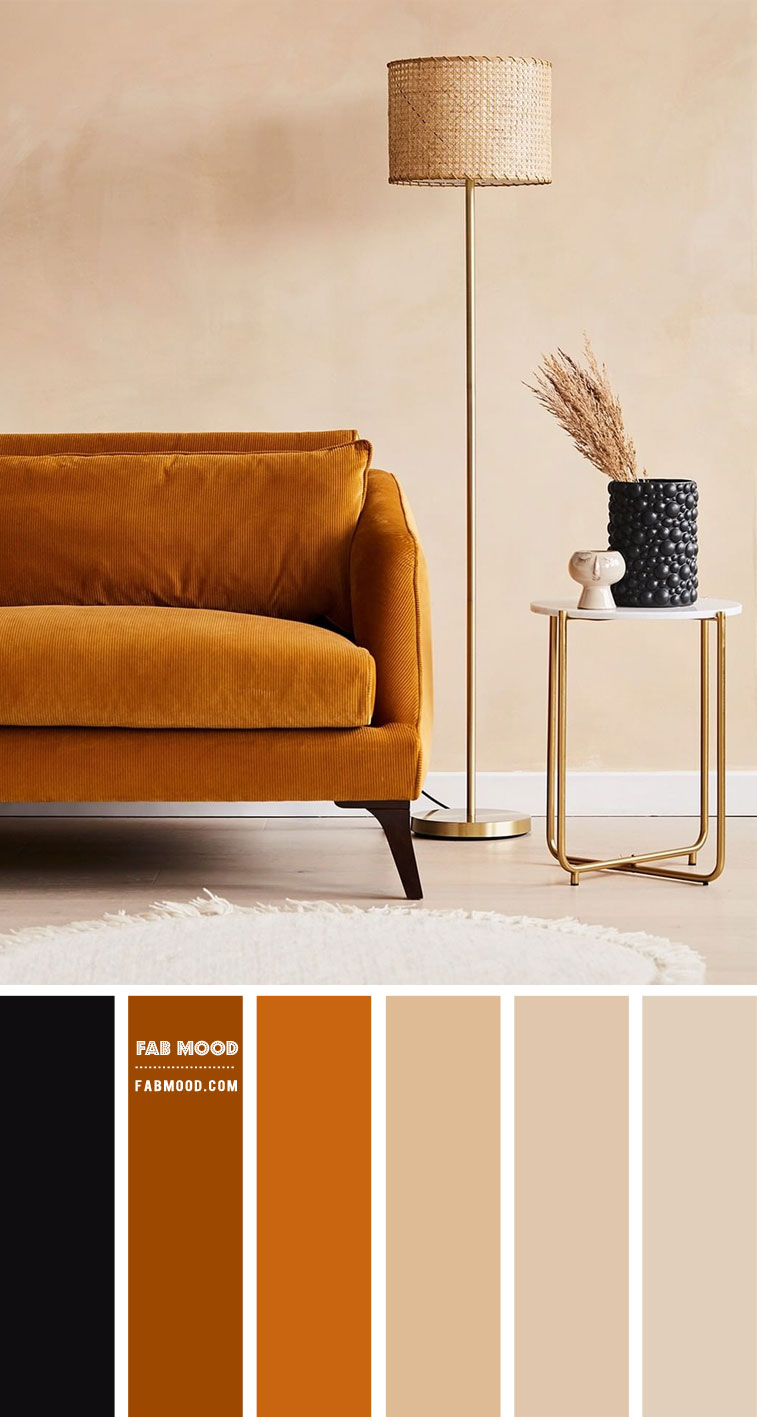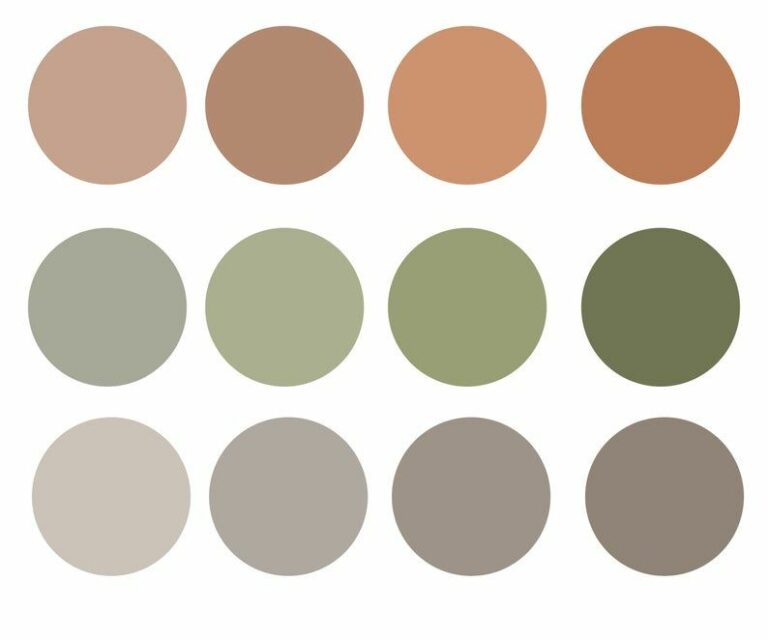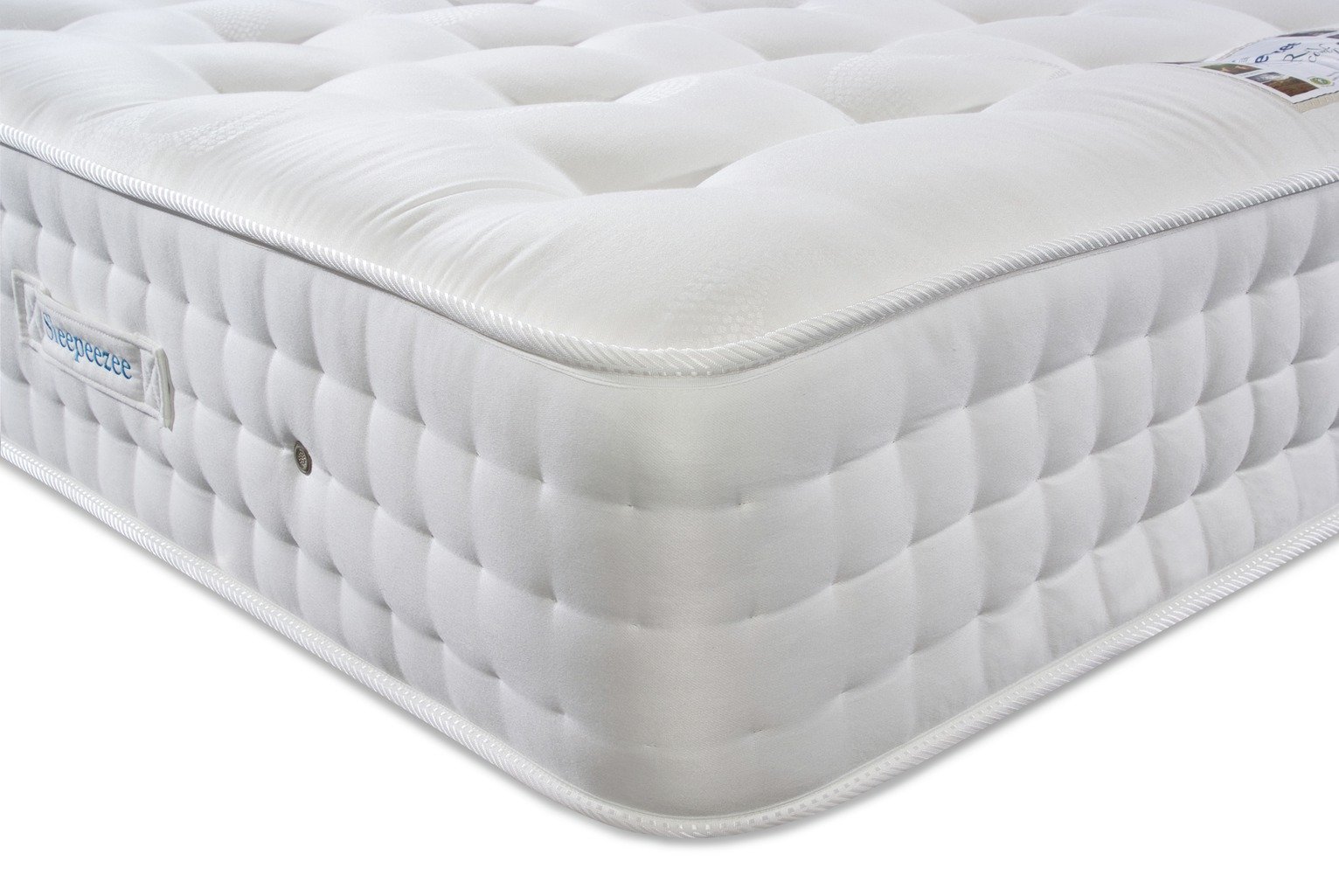Neutral Color Scheme
A neutral color scheme is a popular choice for living room designs because it creates a calm and inviting atmosphere. This color scheme typically consists of shades of beige, ivory, taupe, and gray. These colors are versatile and can be paired with any other color to create a cohesive and harmonious look. They also provide a great backdrop for adding pops of color through accessories and artwork. A neutral color scheme is perfect for those looking for a timeless and elegant living room design.
Monochromatic Color Scheme
A monochromatic color scheme involves using different shades of the same color. This creates a harmonious and cohesive look that is both calming and visually appealing. For example, a living room with varying shades of blue can create a serene and tranquil atmosphere. This color scheme is perfect for those who want to add subtle pops of color without being too bold.
Analogous Color Scheme
An analogous color scheme is created by using colors that are next to each other on the color wheel. This color scheme creates a sense of harmony and balance in a living room. For example, pairing shades of blue and green can create a calming and natural feel. Analogous color schemes are perfect for those who want a cohesive and balanced living room design.
Complementary Color Scheme
A complementary color scheme is created by using colors that are opposite each other on the color wheel. This color scheme creates a bold and striking look in a living room. For example, pairing shades of purple and yellow can create a dramatic and eye-catching design. Complementary color schemes are perfect for those who want to make a statement with their living room design.
Triadic Color Scheme
A triadic color scheme is created by using three colors that are evenly spaced on the color wheel. This color scheme creates a vibrant and energetic look in a living room. For example, pairing shades of red, yellow, and blue can create a fun and playful atmosphere. Triadic color schemes are perfect for those who want to add a pop of color to their living room design.
Tetradic Color Scheme
A tetradic color scheme is created by using four colors that are evenly spaced on the color wheel. This color scheme creates a dynamic and bold look in a living room. For example, pairing shades of orange, purple, green, and blue can create a unique and eye-catching design. Tetradic color schemes are perfect for those who want to add a variety of colors to their living room design.
Split-Complementary Color Scheme
A split-complementary color scheme is created by using a base color and two colors that are adjacent to its complementary color. This color scheme creates a balanced and visually interesting look in a living room. For example, pairing shades of green with shades of red and orange can create a lively and inviting atmosphere. Split-complementary color schemes are perfect for those who want to add a touch of creativity to their living room design.
Warm Color Scheme
A warm color scheme is created by using shades of red, orange, and yellow. These colors create a cozy and welcoming atmosphere in a living room. They can also make a space feel more intimate and inviting. A living room with a warm color scheme is perfect for those who want a comfortable and inviting space to relax in.
Cool Color Scheme
A cool color scheme is created by using shades of blue, green, and purple. These colors create a calm and tranquil atmosphere in a living room. They can also make a space feel more open and airy. A living room with a cool color scheme is perfect for those who want a peaceful and serene space to unwind in.
Earth Tone Color Scheme
An earth tone color scheme is created by using shades of brown, green, and beige. These colors create a warm and natural feel in a living room. They can also make a space feel more grounded and connected to nature. A living room with an earth tone color scheme is perfect for those who want a cozy and inviting space with a touch of nature.
Choosing the Perfect Colour Scheme for Your Living Room

The Importance of Colour Scheme in House Design
 When it comes to designing your living room, the colour scheme is a crucial element that can make or break the overall look and feel of the space. The right colour scheme can create a harmonious and inviting atmosphere, while the wrong one can make the room feel overwhelming or dull. Therefore, it is essential to carefully consider the colour scheme before making any design decisions.
When it comes to designing your living room, the colour scheme is a crucial element that can make or break the overall look and feel of the space. The right colour scheme can create a harmonious and inviting atmosphere, while the wrong one can make the room feel overwhelming or dull. Therefore, it is essential to carefully consider the colour scheme before making any design decisions.
Factors to Consider
/169789002-58a723d63df78c345b930ec6.jpg) When choosing a colour scheme for your living room, there are a few factors that you should consider. The first is the overall style of your house.
Featured keywords: house design, colour scheme
The colour scheme of your living room should complement the rest of your home's interior design to create a cohesive look. For instance, if your house has a modern and minimalist style, you may want to opt for a neutral colour scheme with pops of bold colours for accents. On the other hand, if your house has a more traditional or rustic style, warm and earthy tones would be a better fit.
Another factor to consider is the purpose of your living room.
Featured keywords: living room, colour scheme
Is it a space for relaxation and entertainment, or is it a formal gathering area? For a more relaxing and cozy atmosphere, consider using calming colours such as blues, greens, and soft neutrals. For a more formal and sophisticated look, opt for a monochromatic colour scheme with rich, deep tones.
When choosing a colour scheme for your living room, there are a few factors that you should consider. The first is the overall style of your house.
Featured keywords: house design, colour scheme
The colour scheme of your living room should complement the rest of your home's interior design to create a cohesive look. For instance, if your house has a modern and minimalist style, you may want to opt for a neutral colour scheme with pops of bold colours for accents. On the other hand, if your house has a more traditional or rustic style, warm and earthy tones would be a better fit.
Another factor to consider is the purpose of your living room.
Featured keywords: living room, colour scheme
Is it a space for relaxation and entertainment, or is it a formal gathering area? For a more relaxing and cozy atmosphere, consider using calming colours such as blues, greens, and soft neutrals. For a more formal and sophisticated look, opt for a monochromatic colour scheme with rich, deep tones.
The Psychology of Colour
 Colour has a significant impact on our mood and emotions, making it an essential aspect to consider in house design.
Featured keywords: house design, colour scheme
For example, warm colours like red, orange, and yellow can create a sense of energy and warmth, making them perfect for social spaces. On the other hand, cool colours such as blue, green, and purple can create a calming and relaxing atmosphere, perfect for a space meant for rest and relaxation.
Colour has a significant impact on our mood and emotions, making it an essential aspect to consider in house design.
Featured keywords: house design, colour scheme
For example, warm colours like red, orange, and yellow can create a sense of energy and warmth, making them perfect for social spaces. On the other hand, cool colours such as blue, green, and purple can create a calming and relaxing atmosphere, perfect for a space meant for rest and relaxation.
Creating Balance
:max_bytes(150000):strip_icc()/Litchfield_BeresfordHill_025-5b89787fc9e77c00258aa53c.jpg) The key to a successful colour scheme is balance.
Featured keywords: colour scheme
This means choosing a combination of colours that work together harmoniously. A good rule of thumb is to stick to a maximum of three colours, with one being the dominant colour and the others used as accents.
Featured keywords: dominant colour, accents
If you are unsure about which colours to use, you can always turn to the colour wheel for guidance. Complementary colours, which are opposite each other on the wheel, create a vibrant and dynamic contrast, while analogous colours, which are next to each other on the wheel, create a more harmonious and soothing effect.
The key to a successful colour scheme is balance.
Featured keywords: colour scheme
This means choosing a combination of colours that work together harmoniously. A good rule of thumb is to stick to a maximum of three colours, with one being the dominant colour and the others used as accents.
Featured keywords: dominant colour, accents
If you are unsure about which colours to use, you can always turn to the colour wheel for guidance. Complementary colours, which are opposite each other on the wheel, create a vibrant and dynamic contrast, while analogous colours, which are next to each other on the wheel, create a more harmonious and soothing effect.
Incorporating Texture
 In addition to colours, incorporating different textures into your living room can add depth and visual interest to the space.
Featured keywords: colours, textures
This can be achieved through fabrics, like cushions and throws, and natural elements, like wood and plants. Adding texture can also help balance out the colour scheme, preventing it from looking flat.
In conclusion, choosing the perfect colour scheme for your living room is a crucial step in house design. By considering factors such as the overall style of your house, the purpose of the living room, and the psychology of colour, you can create a balanced and inviting space that reflects your personal style and enhances your overall living experience. Remember to also incorporate different textures to add depth and interest to your colour scheme. With these tips in mind, you can create a beautiful and functional living room that you and your guests will love.
In addition to colours, incorporating different textures into your living room can add depth and visual interest to the space.
Featured keywords: colours, textures
This can be achieved through fabrics, like cushions and throws, and natural elements, like wood and plants. Adding texture can also help balance out the colour scheme, preventing it from looking flat.
In conclusion, choosing the perfect colour scheme for your living room is a crucial step in house design. By considering factors such as the overall style of your house, the purpose of the living room, and the psychology of colour, you can create a balanced and inviting space that reflects your personal style and enhances your overall living experience. Remember to also incorporate different textures to add depth and interest to your colour scheme. With these tips in mind, you can create a beautiful and functional living room that you and your guests will love.


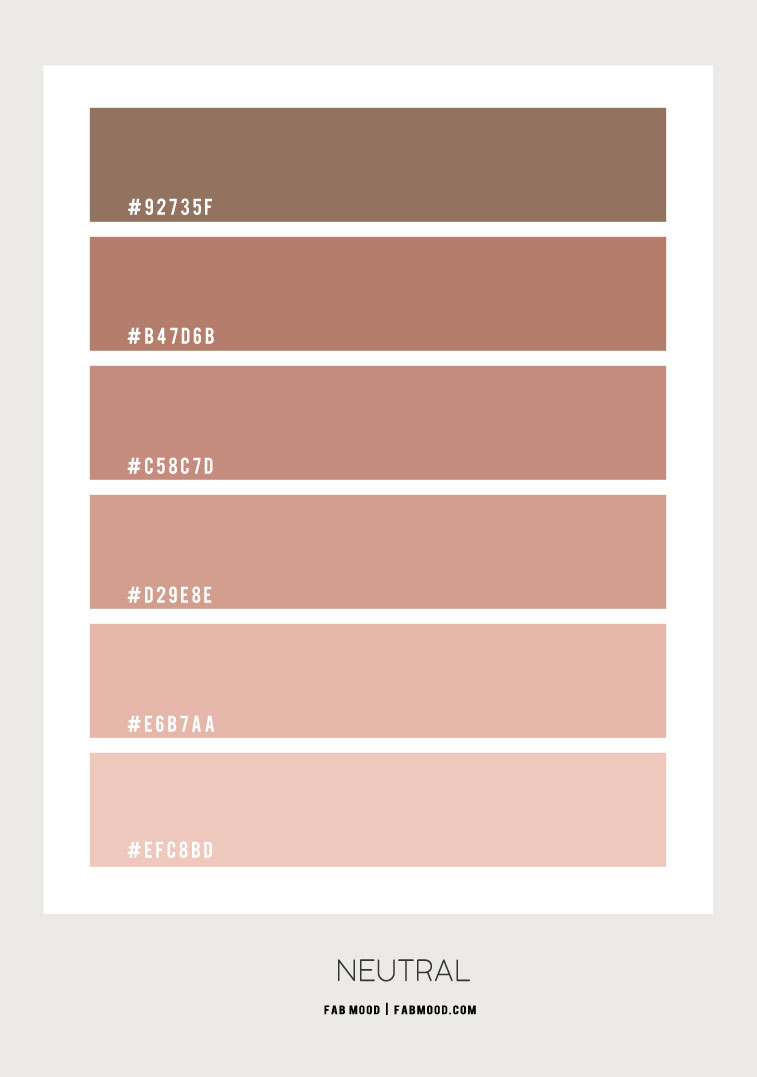
:max_bytes(150000):strip_icc()/what-is-a-neutral-color-1973822-03-3fab8b5a361d49638d3de1cbaf579a22.jpg)
/MyDomaine_ColorPalette-Neutral-2-3590678b1c9143e28dd6b536f0a1e008.jpg)
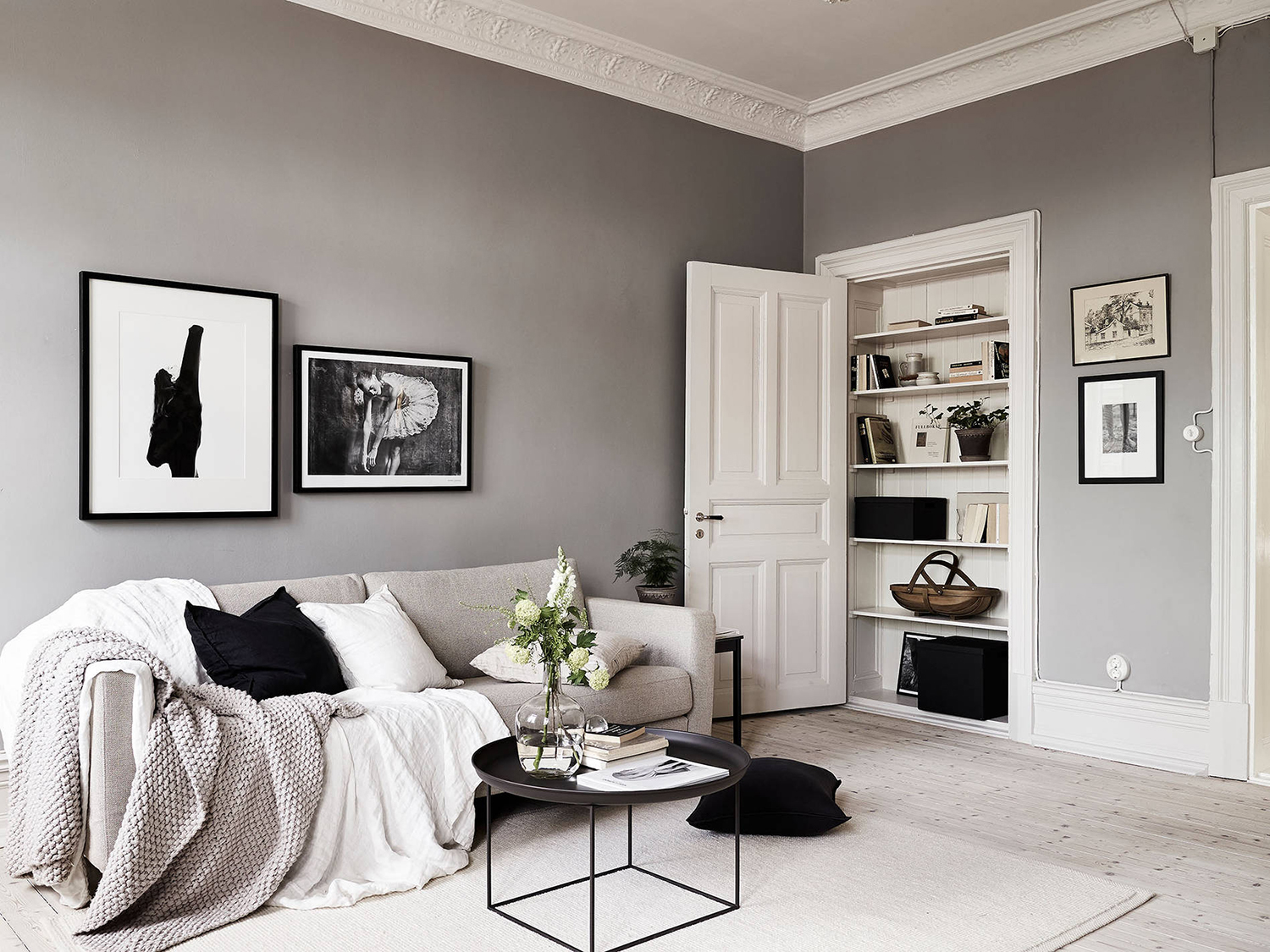

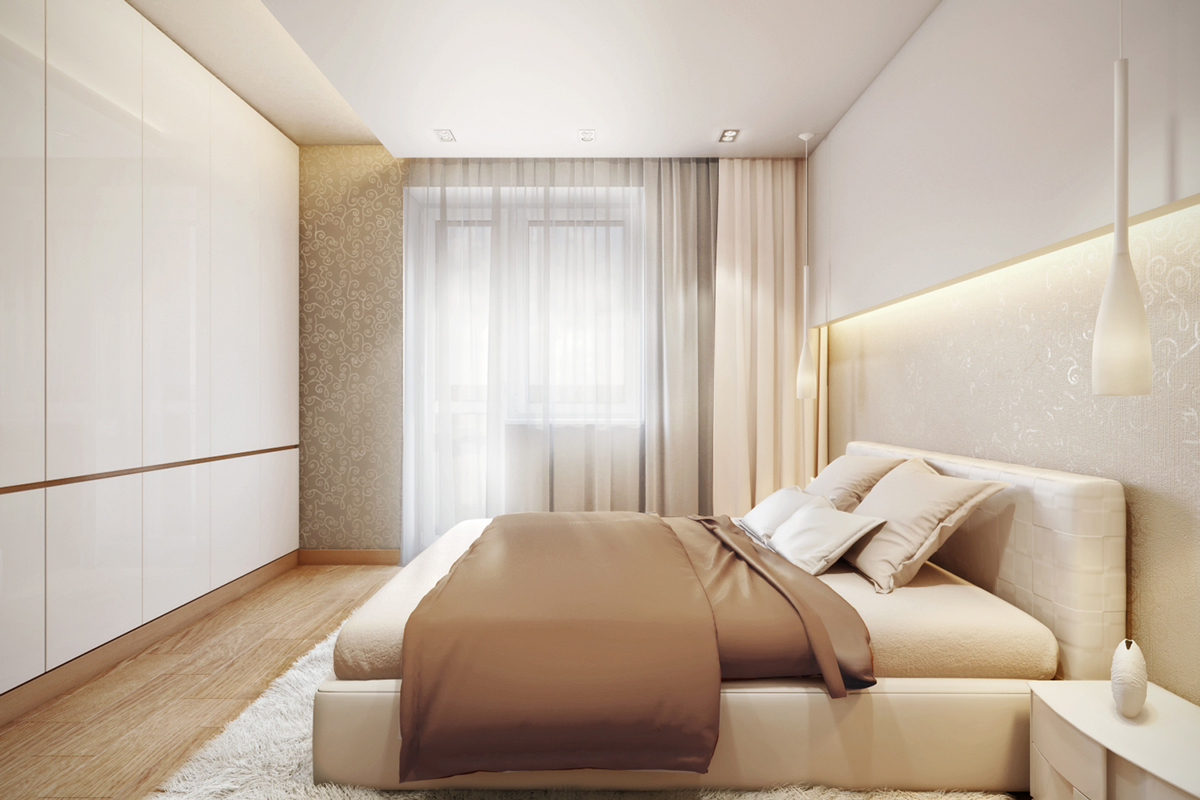
:max_bytes(150000):strip_icc()/MyDomaine_ColorPalette-Neutral-1-fe9a91dcf8814904a630a0d928216bcd.jpg)






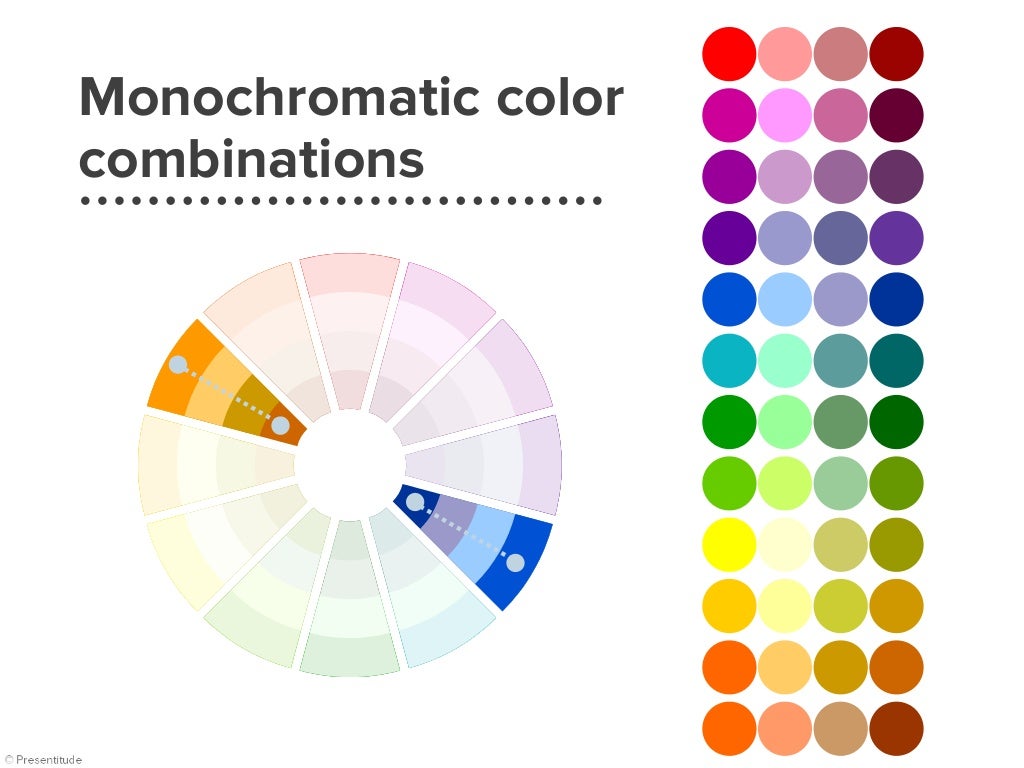



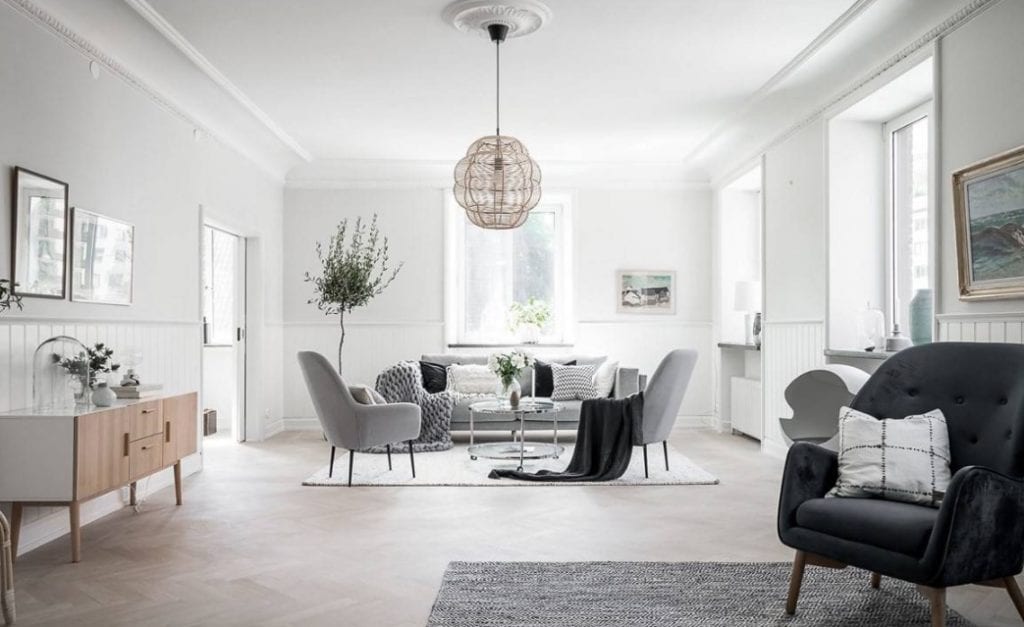



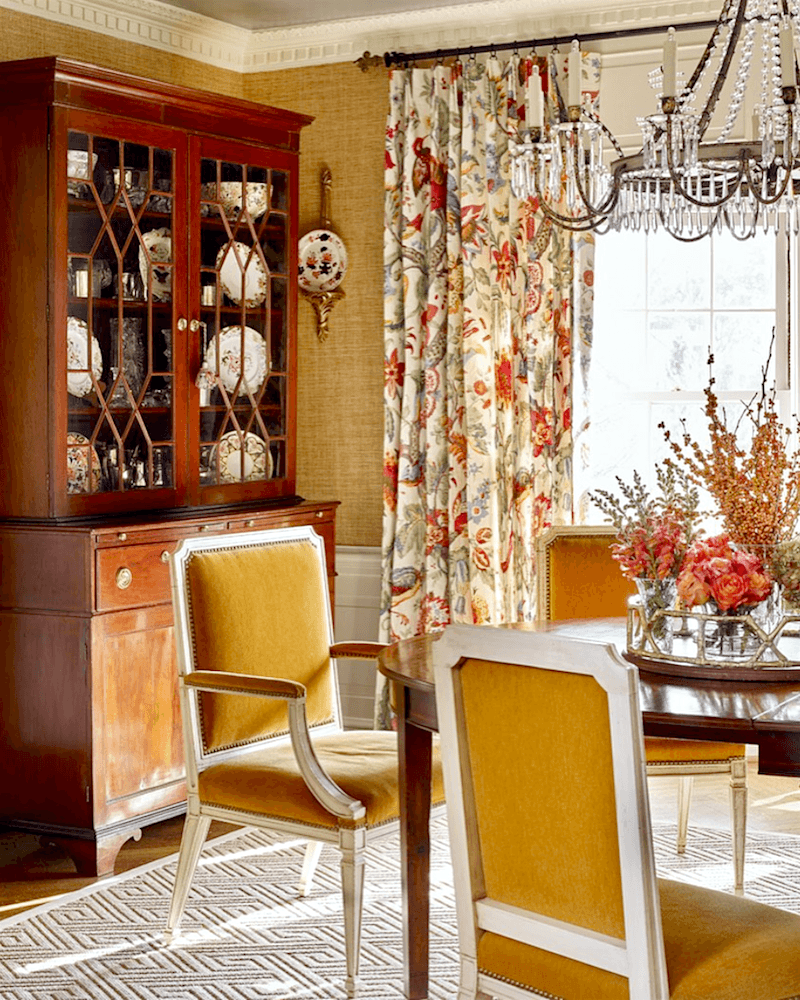


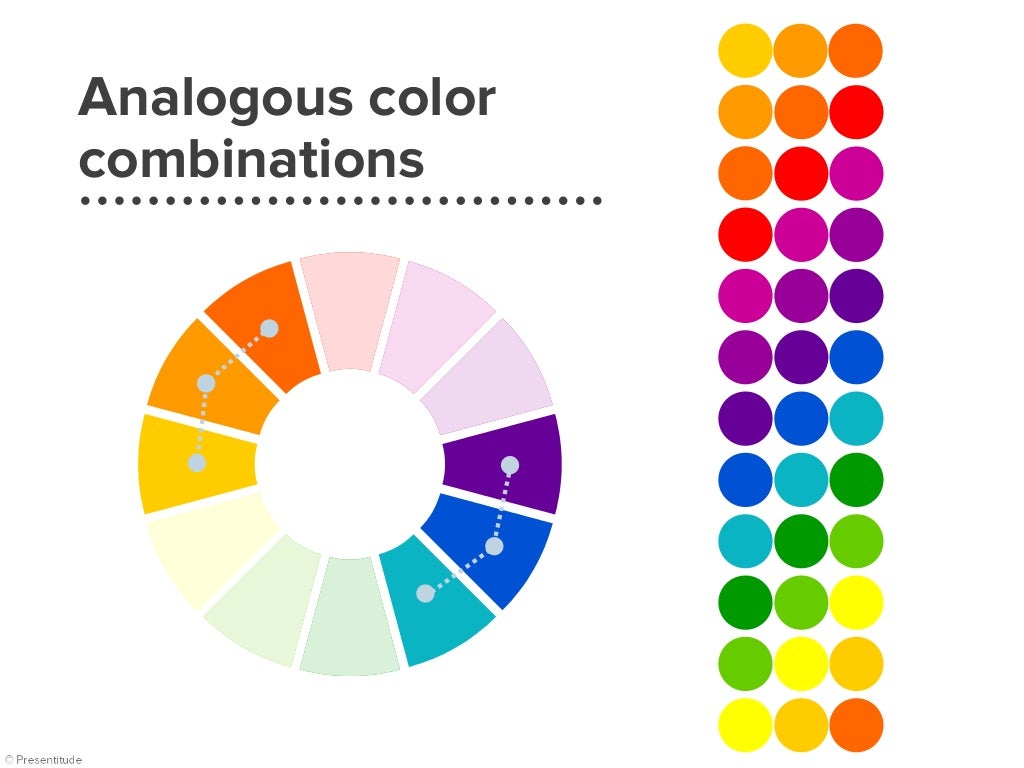
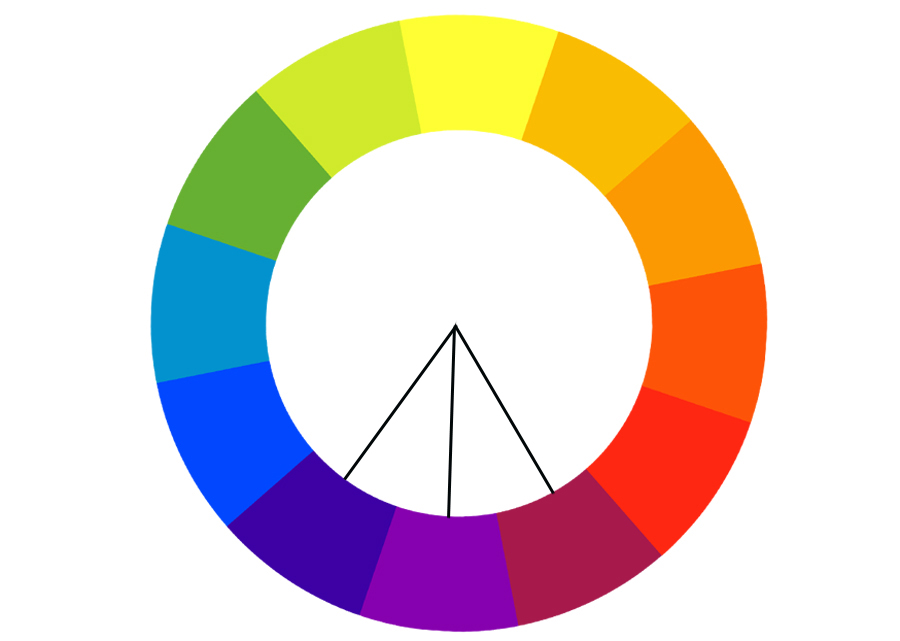

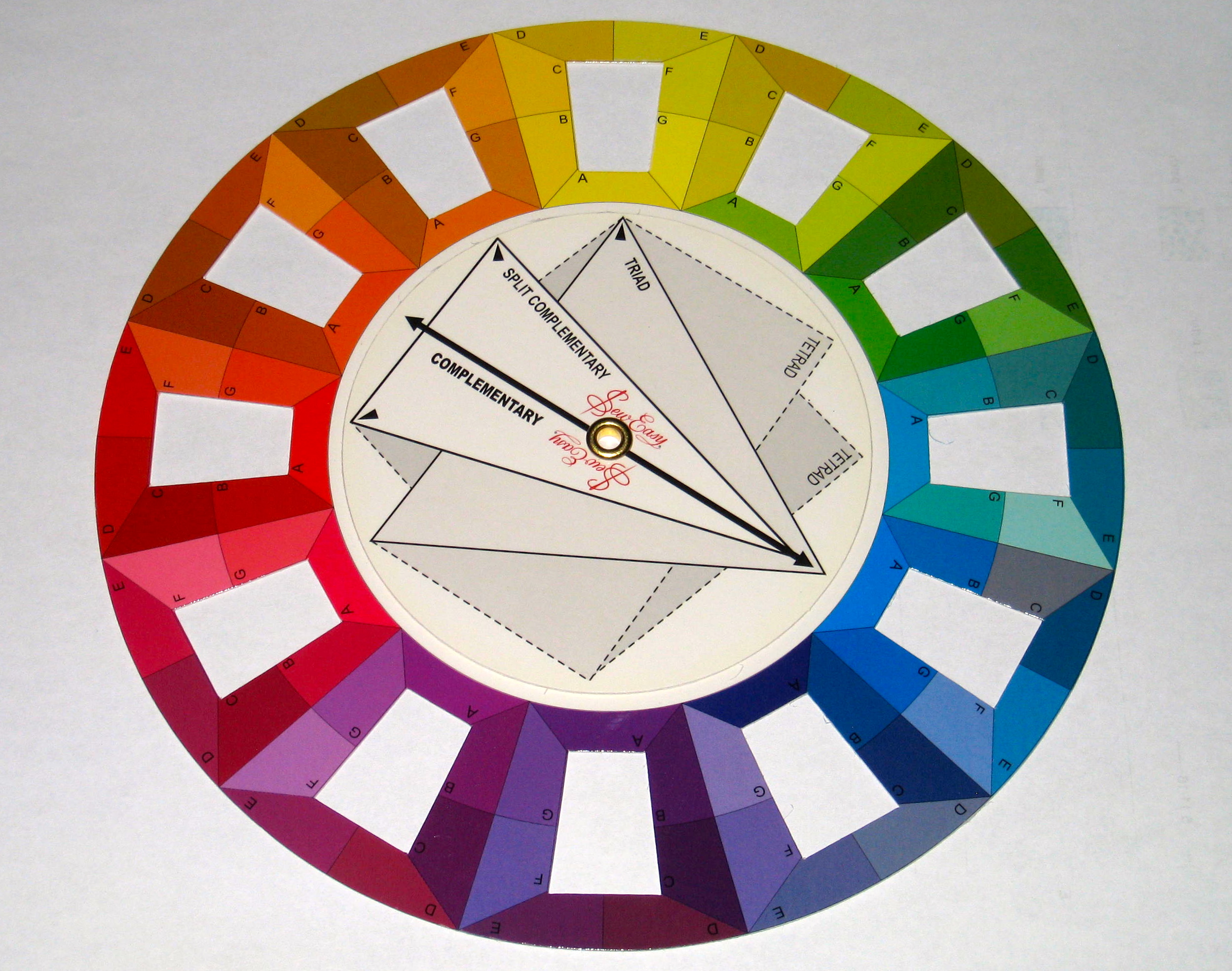
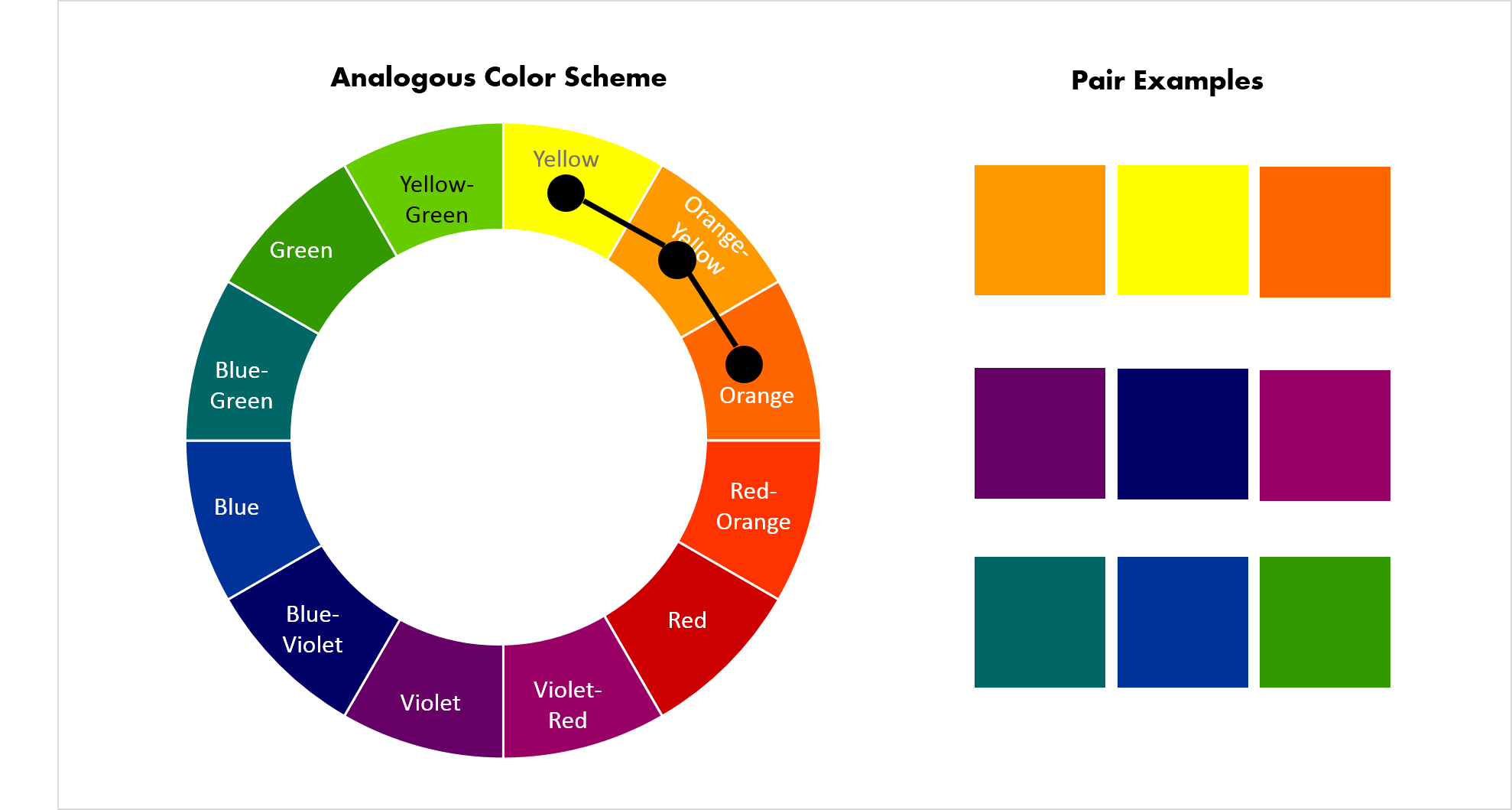


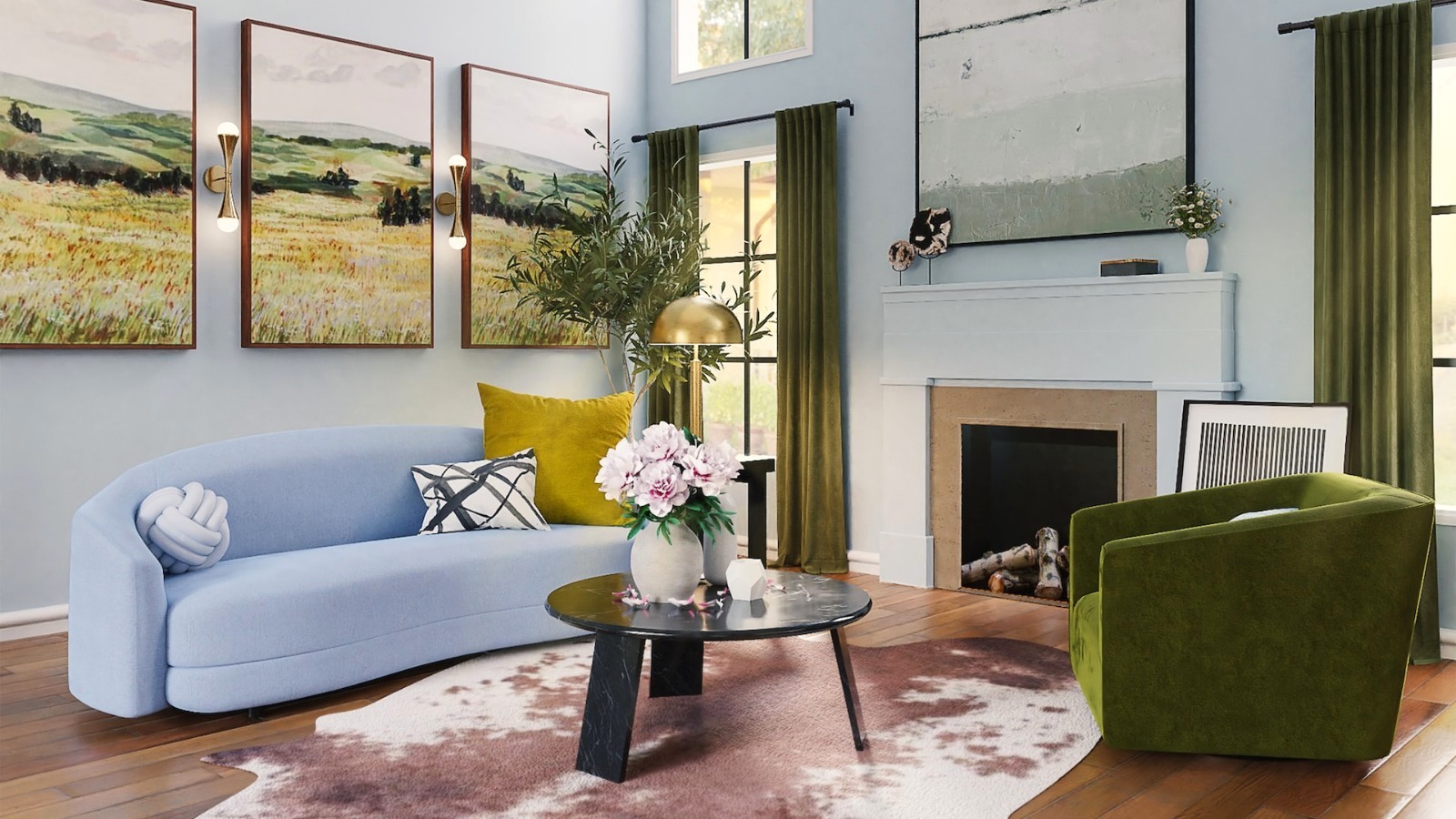

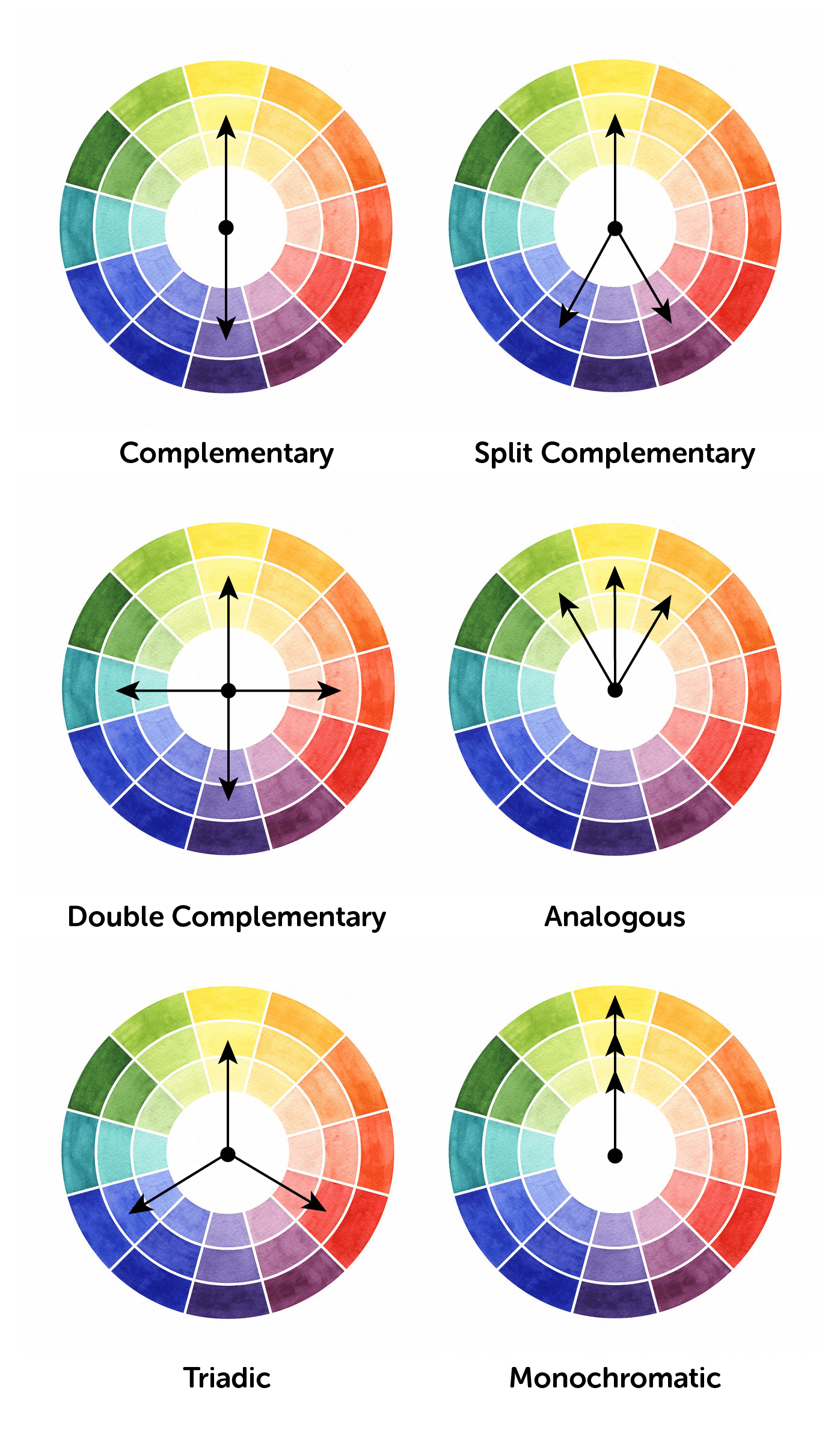


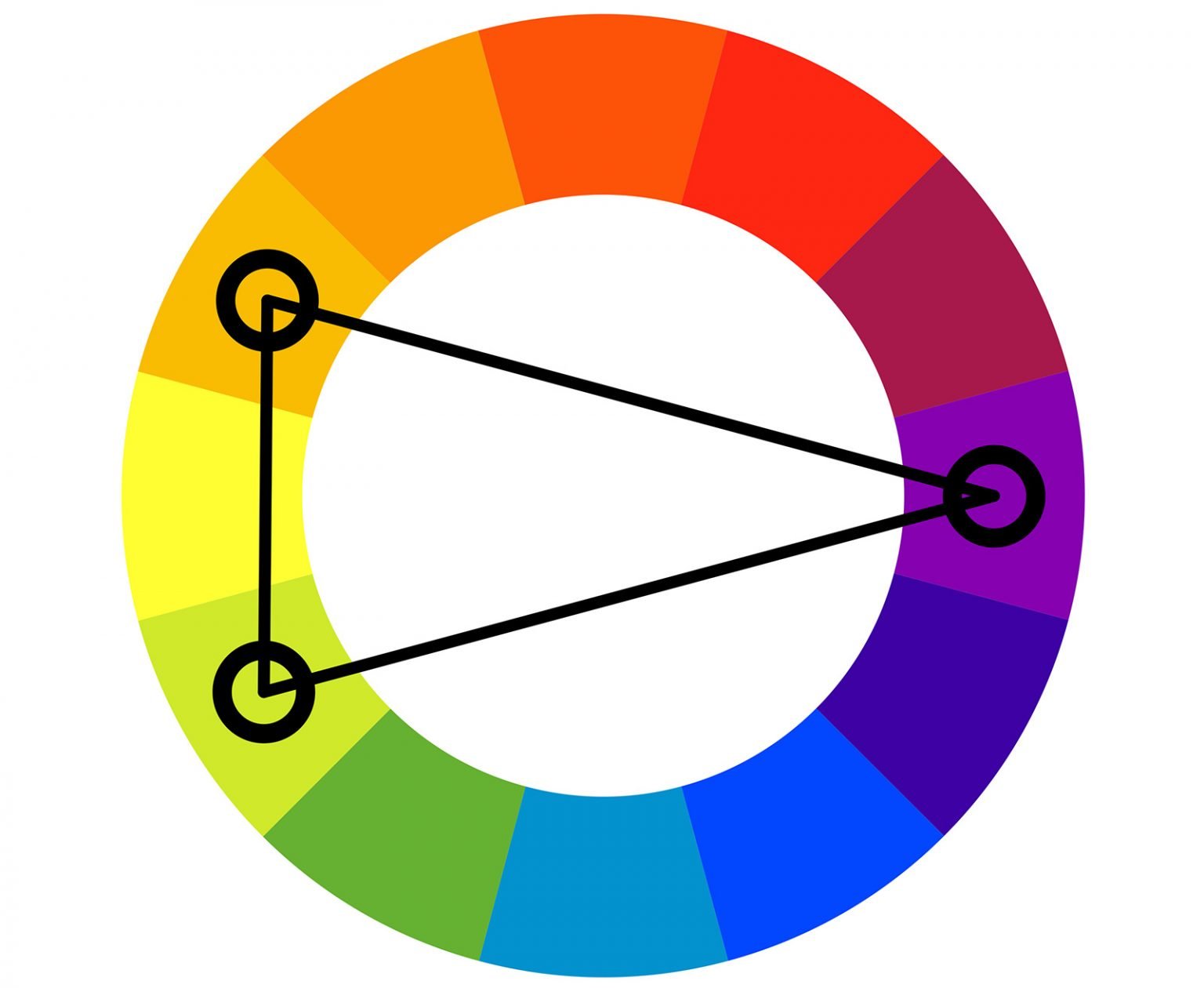
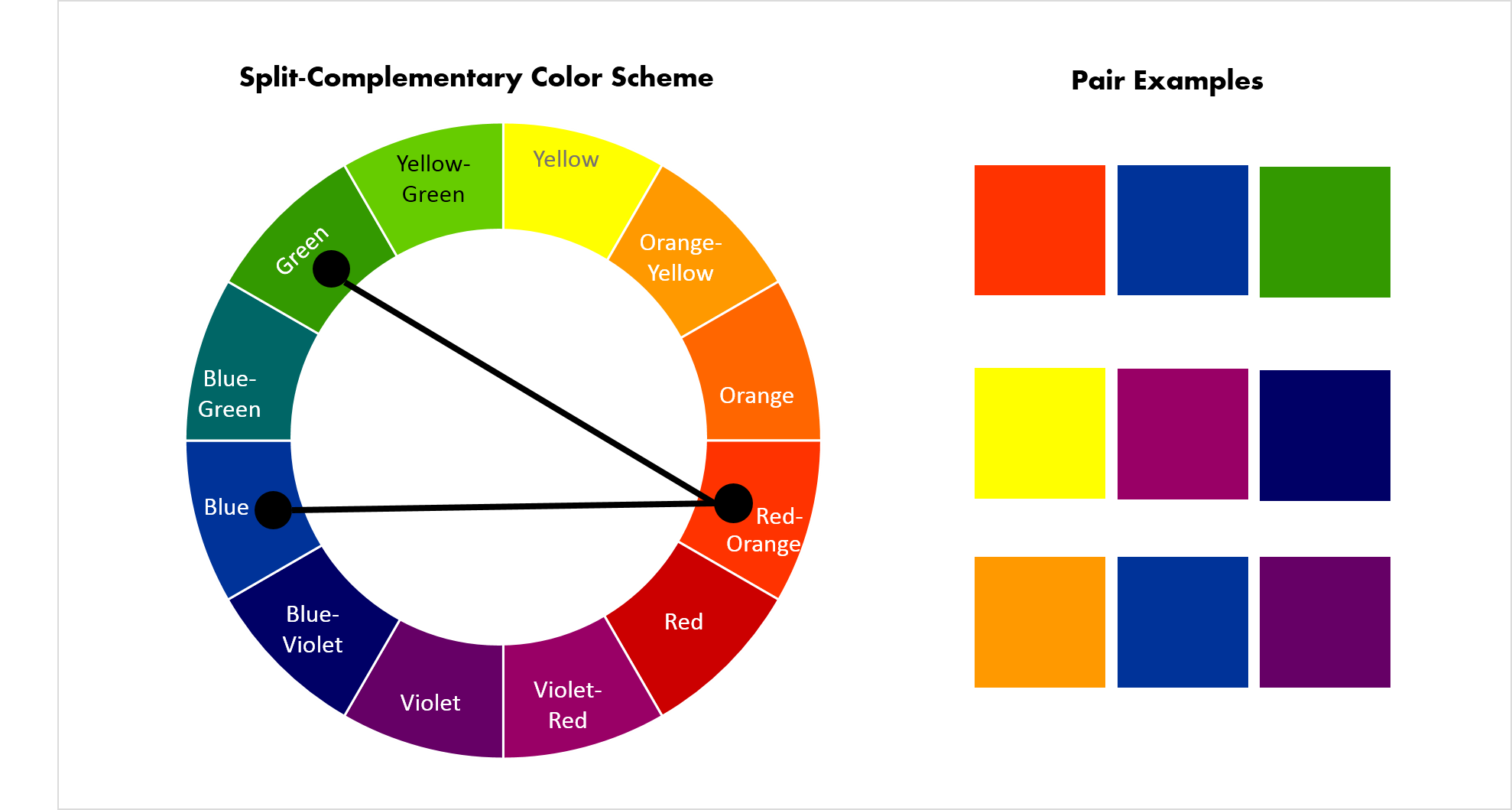

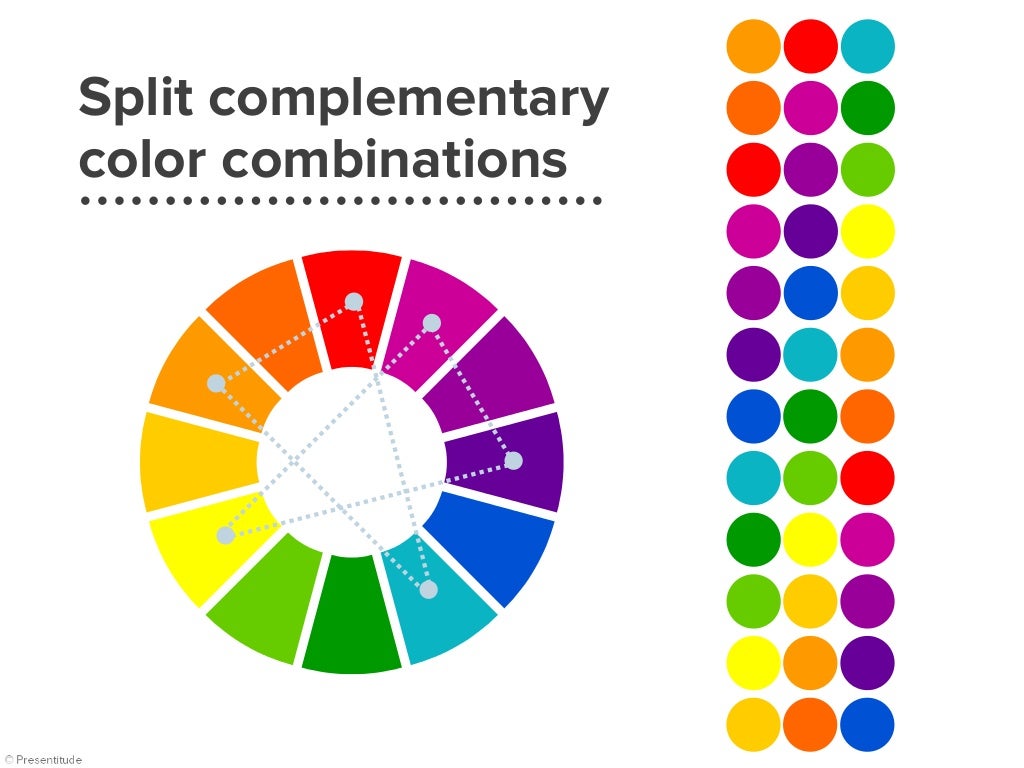
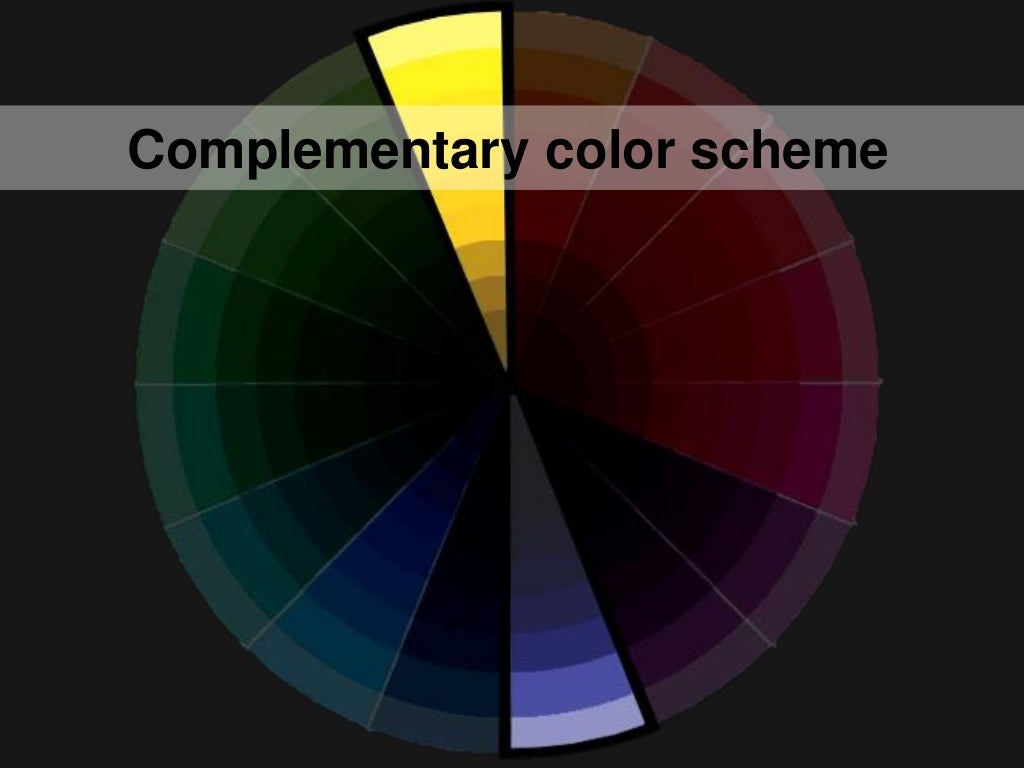

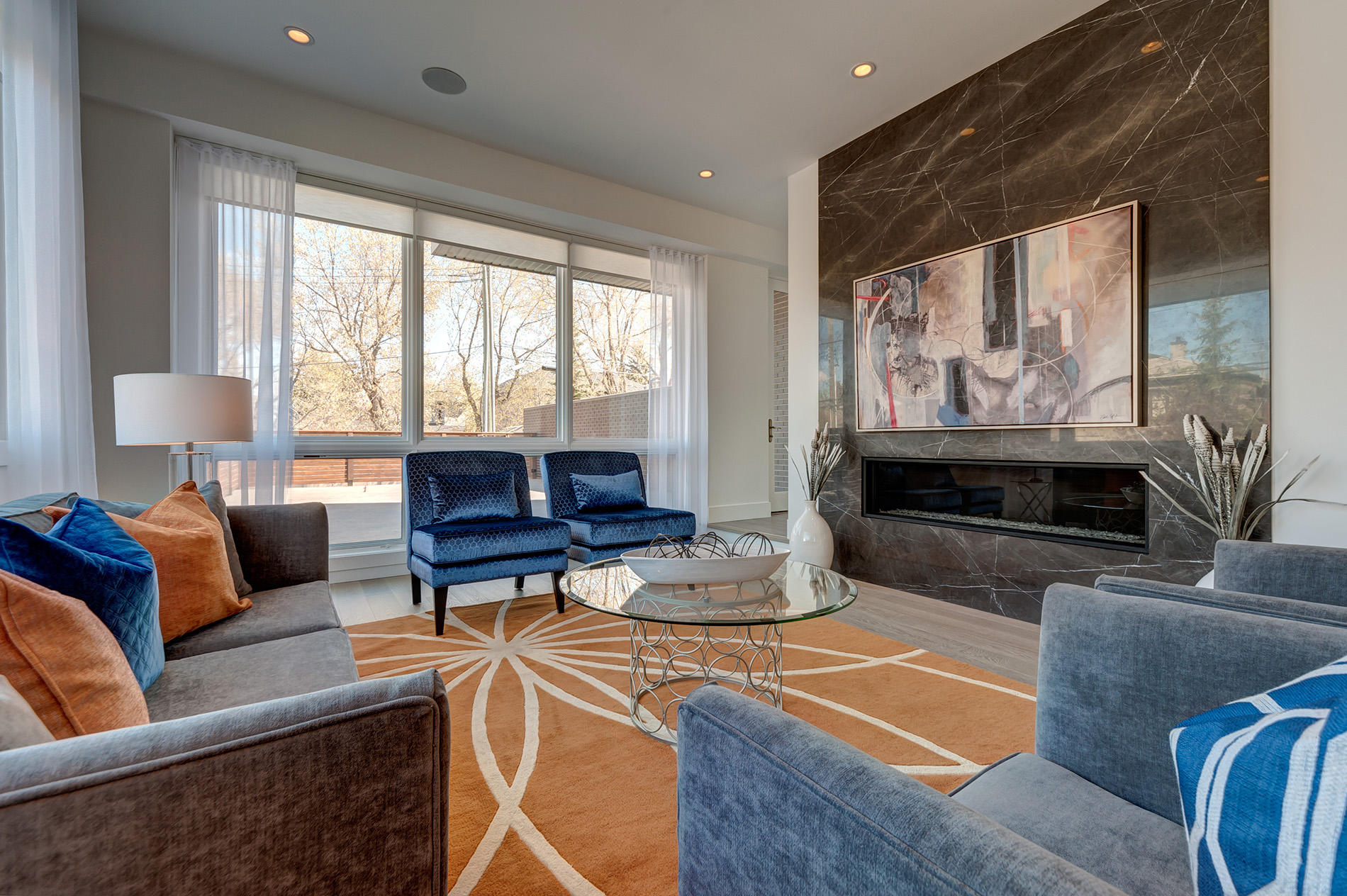



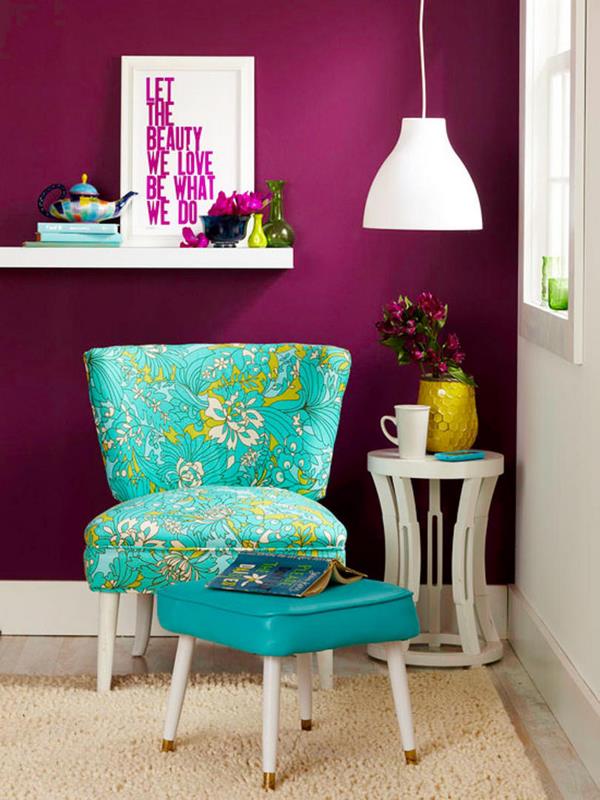


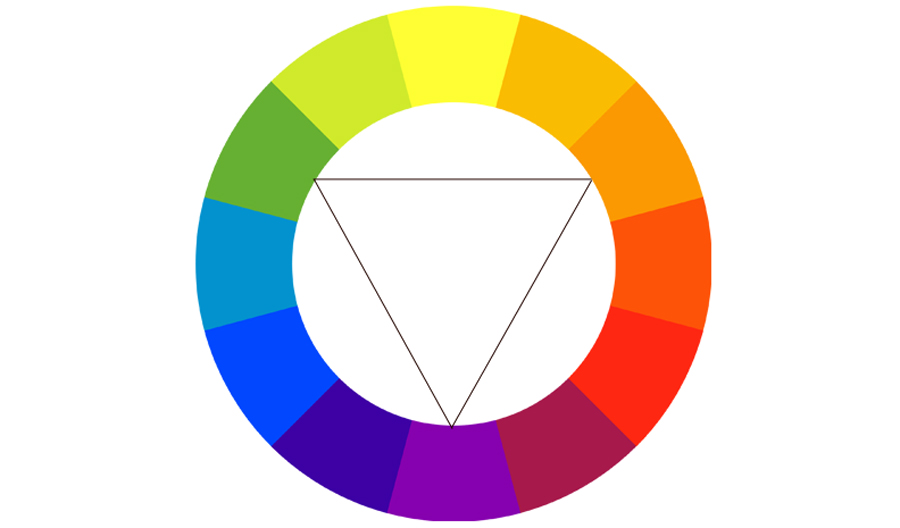
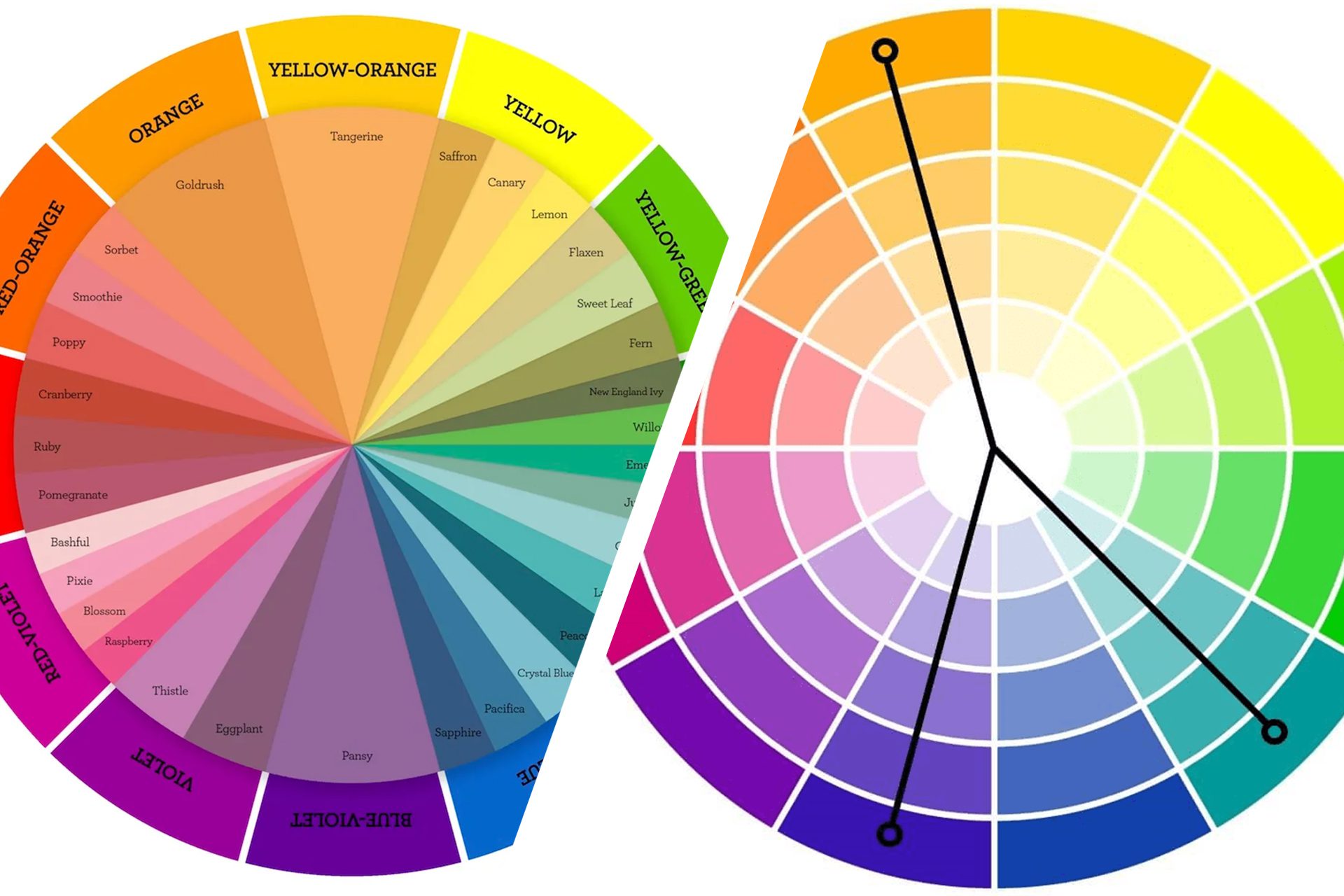

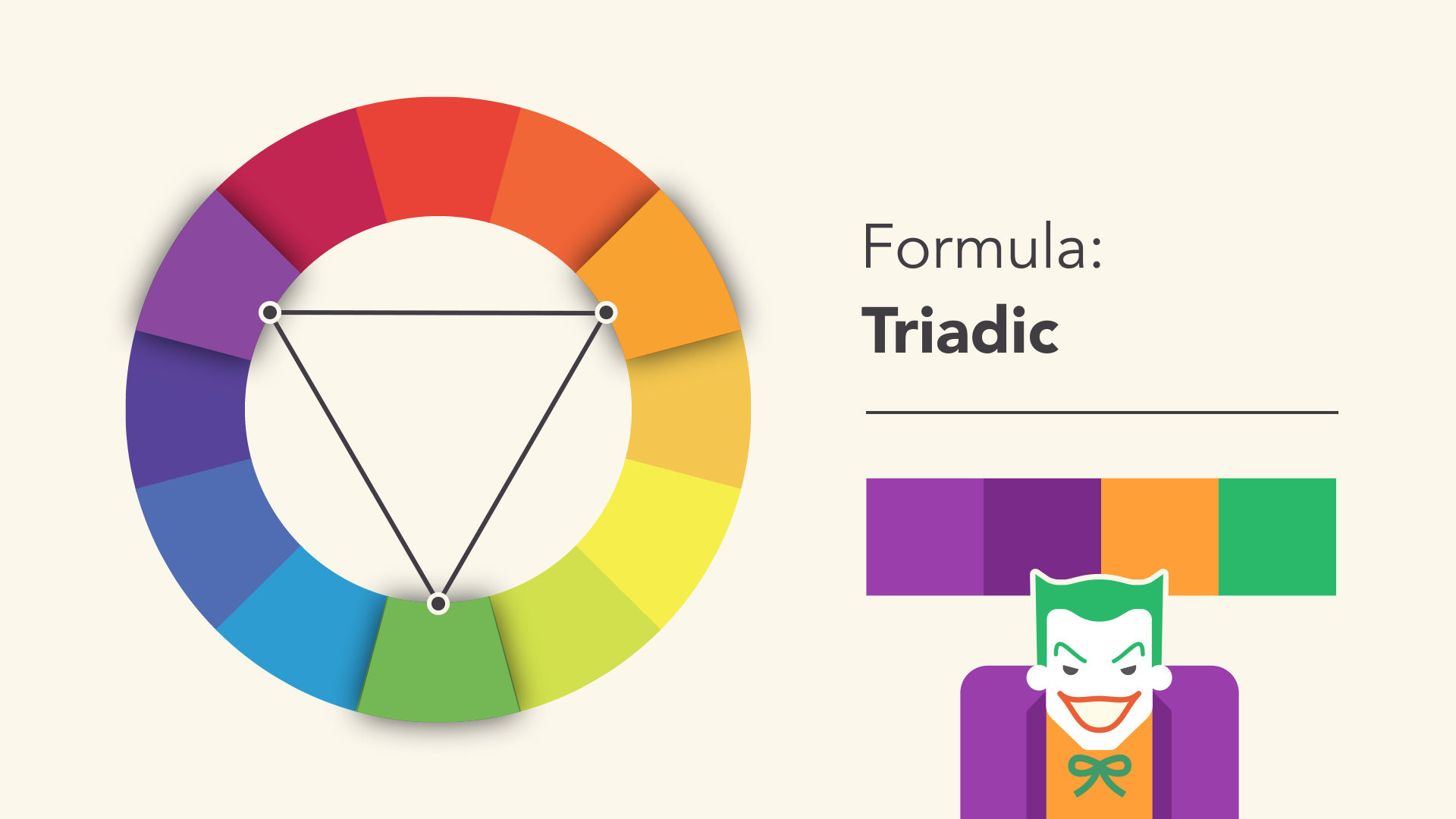




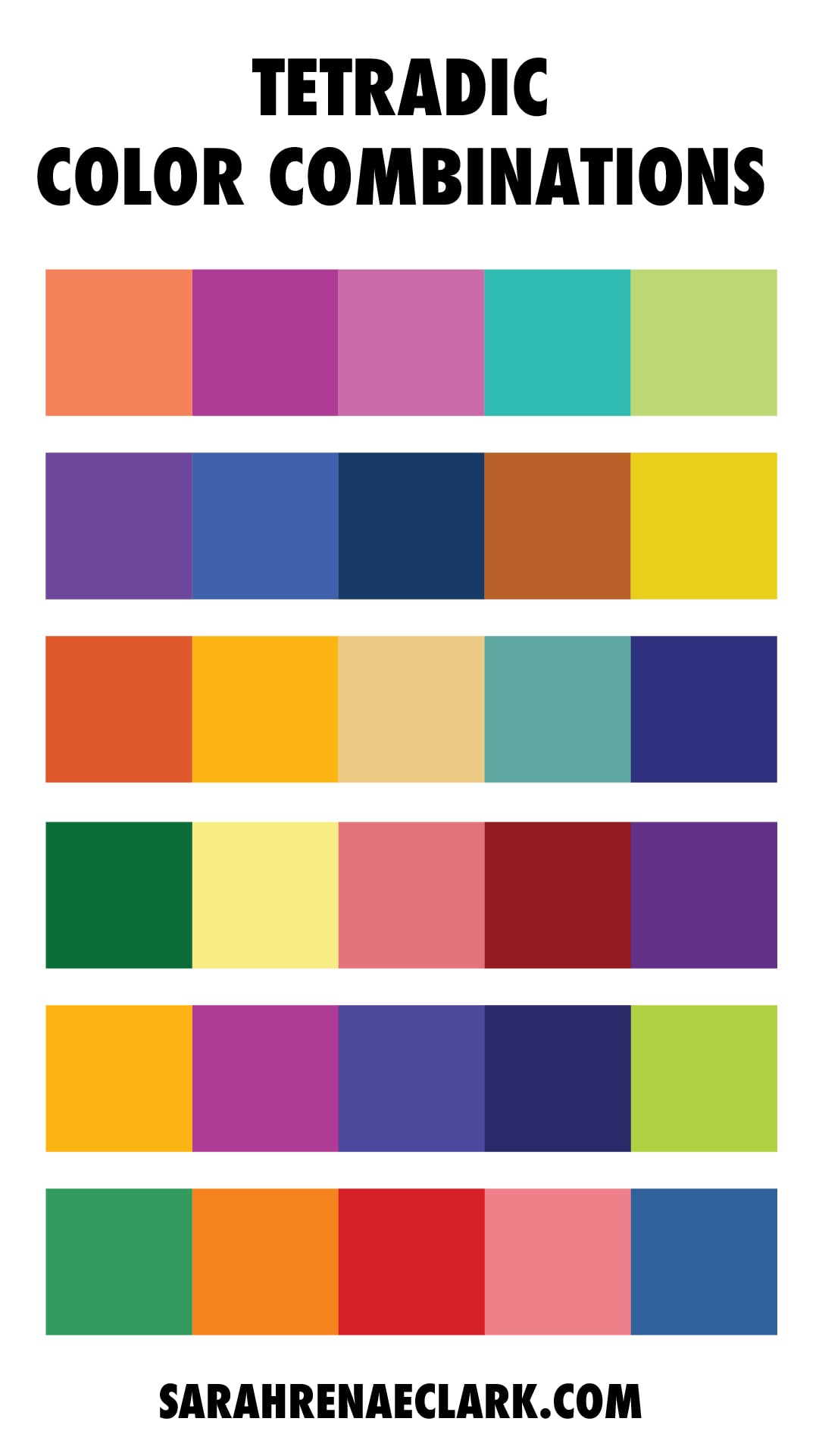

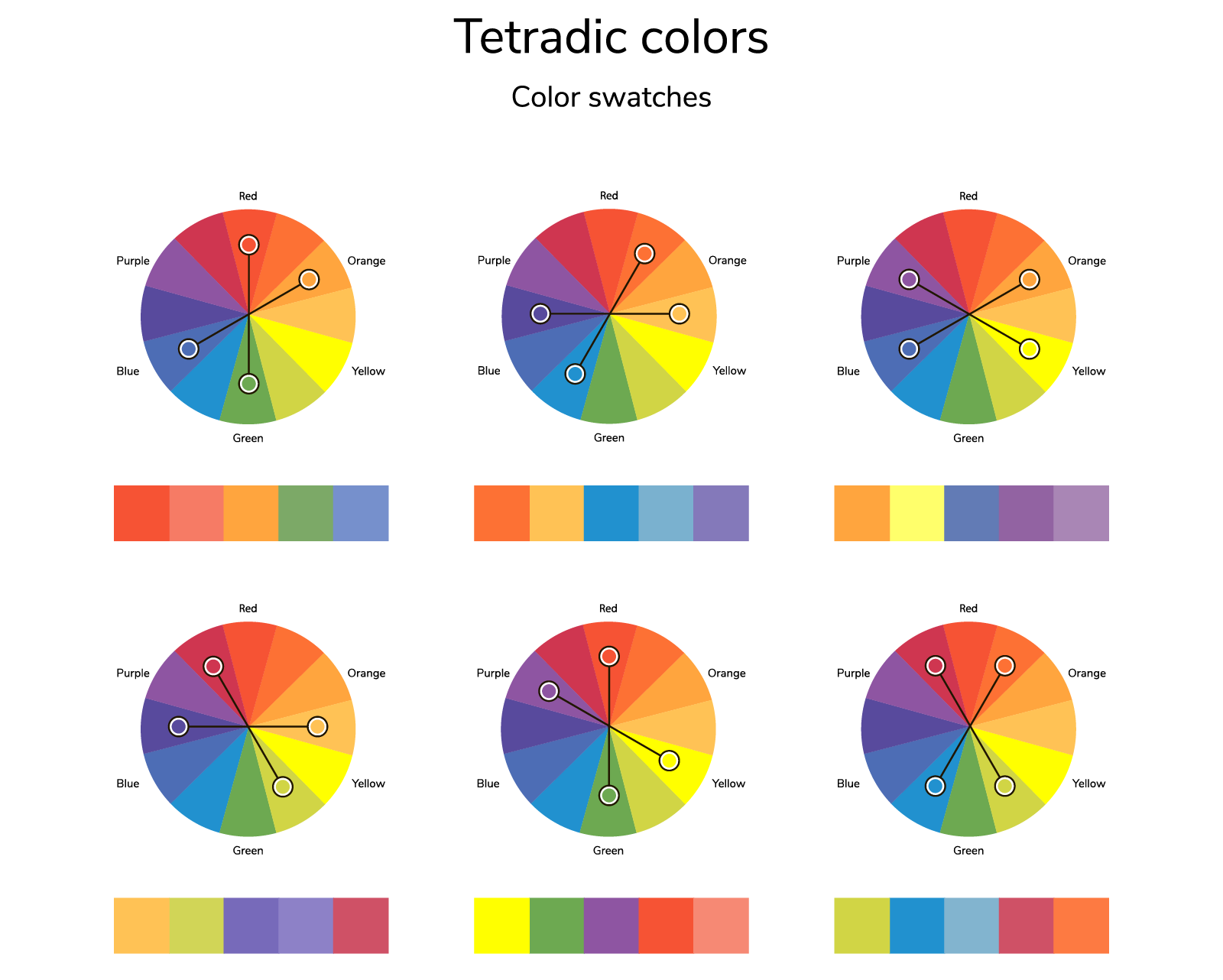
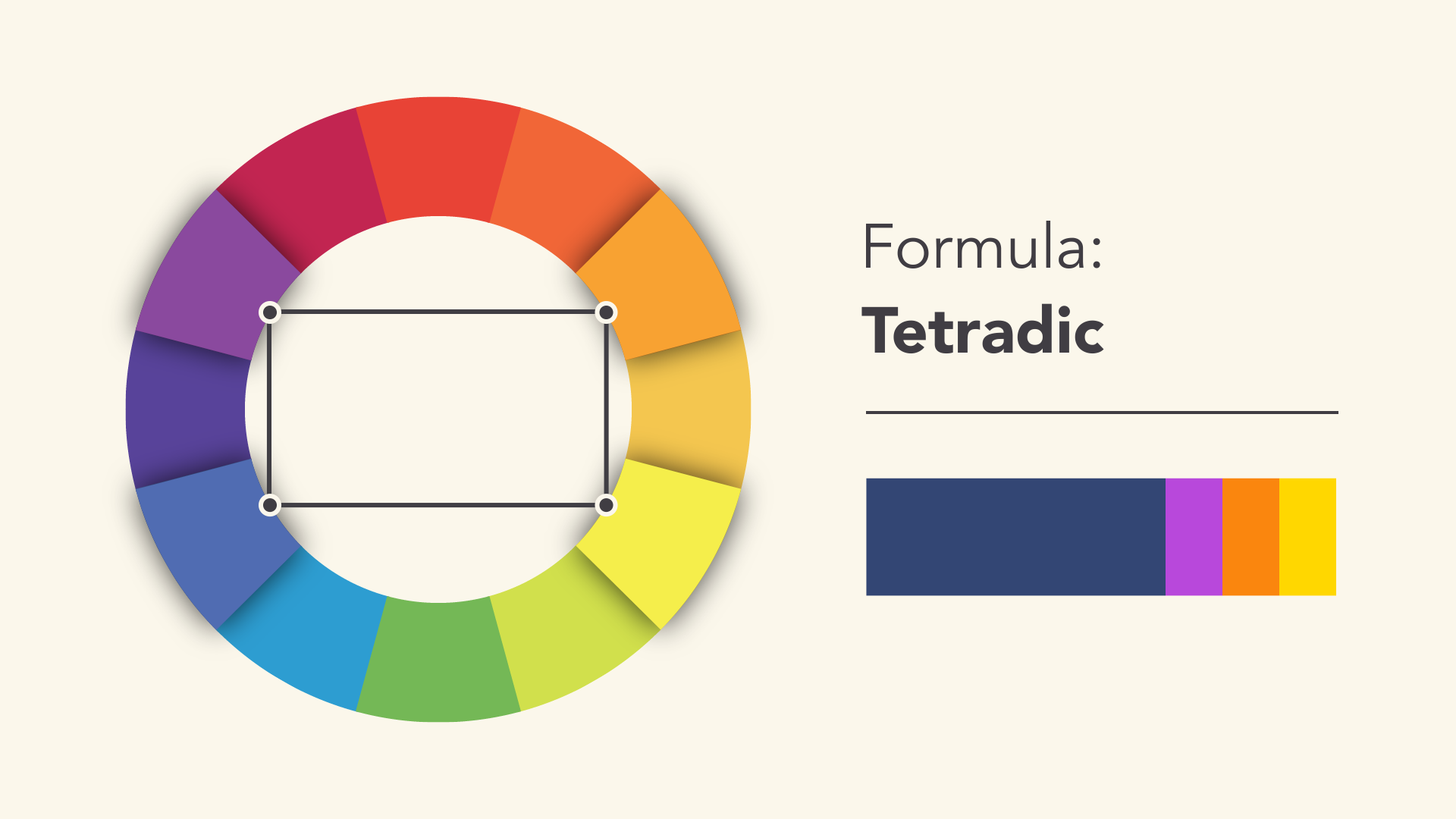
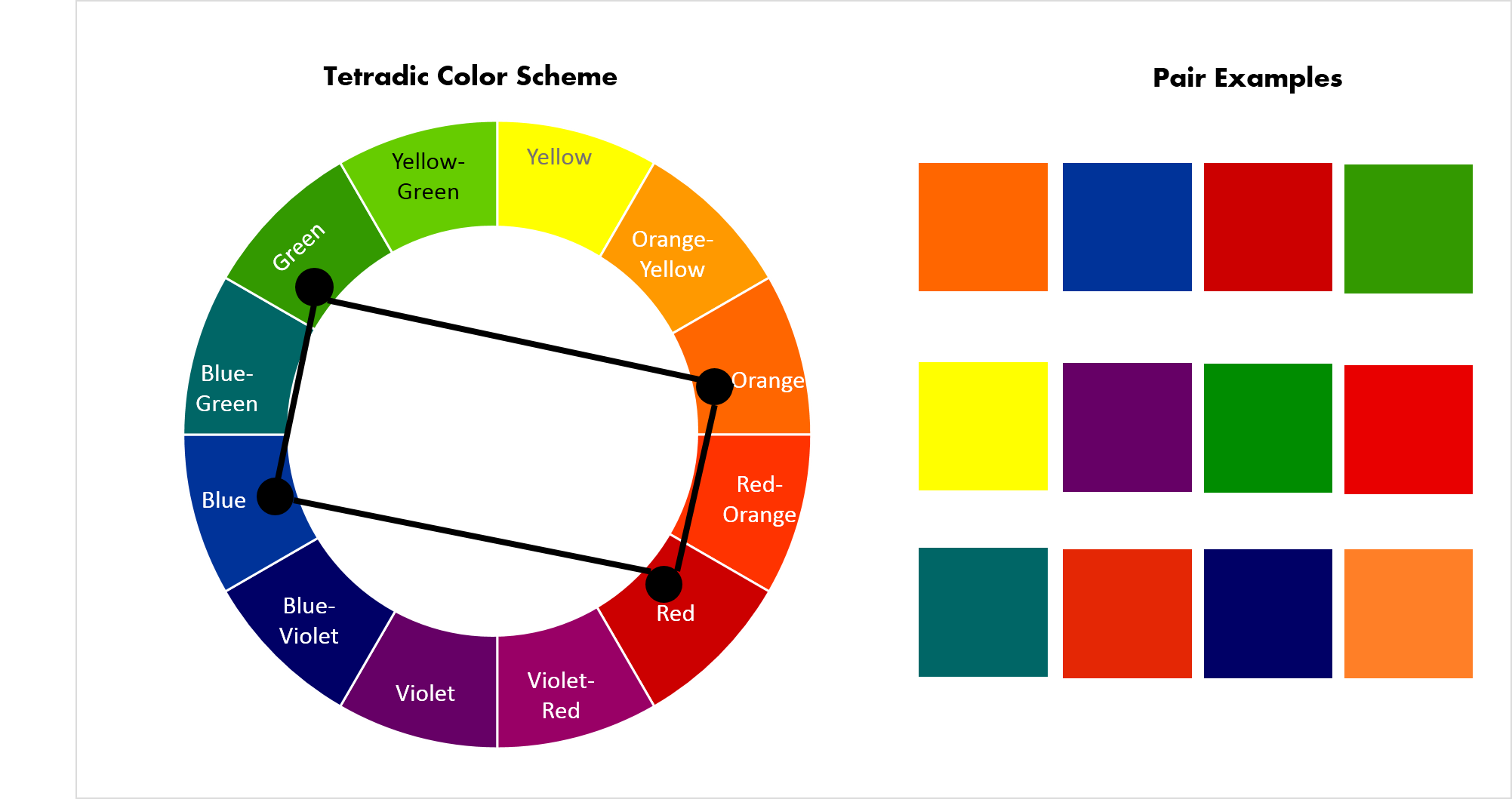

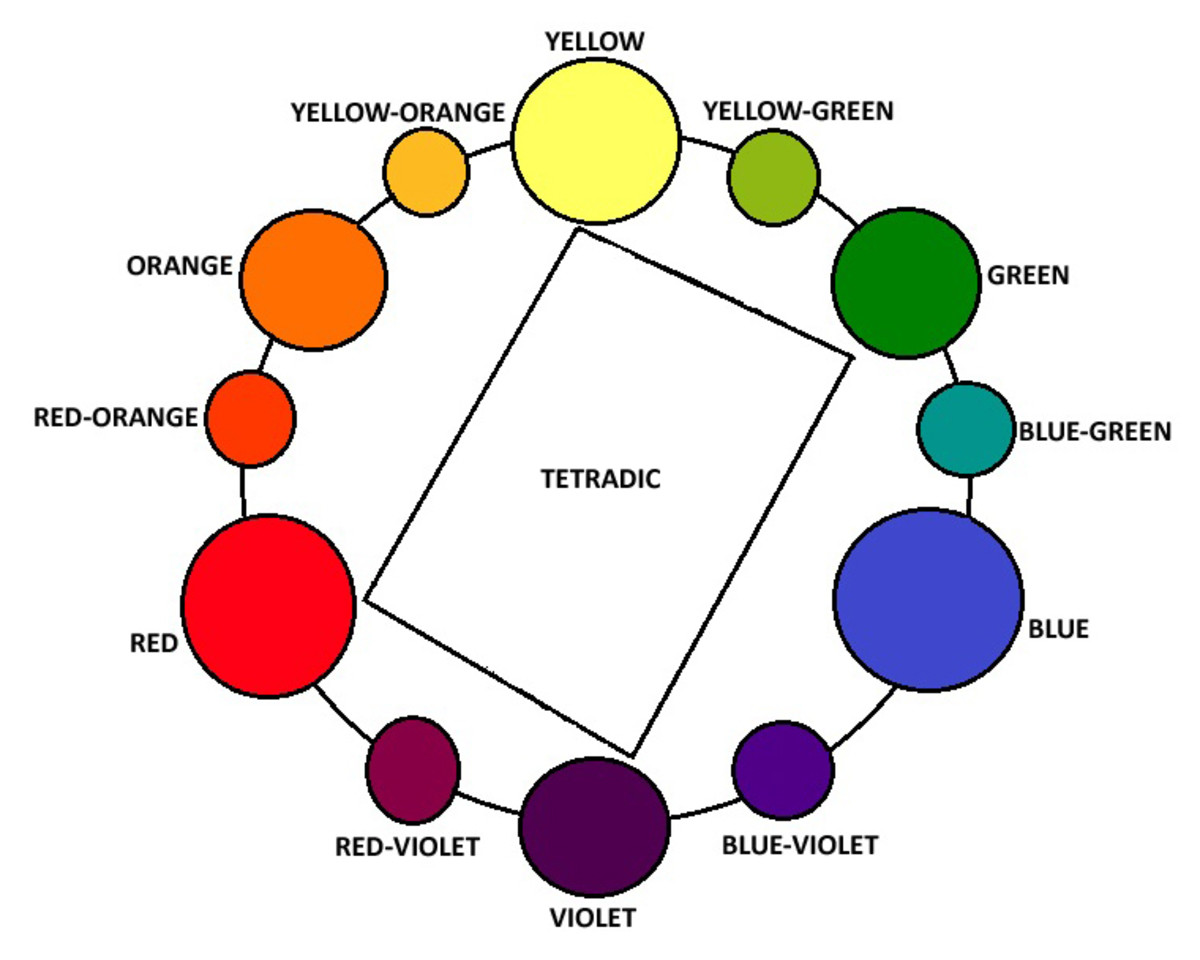







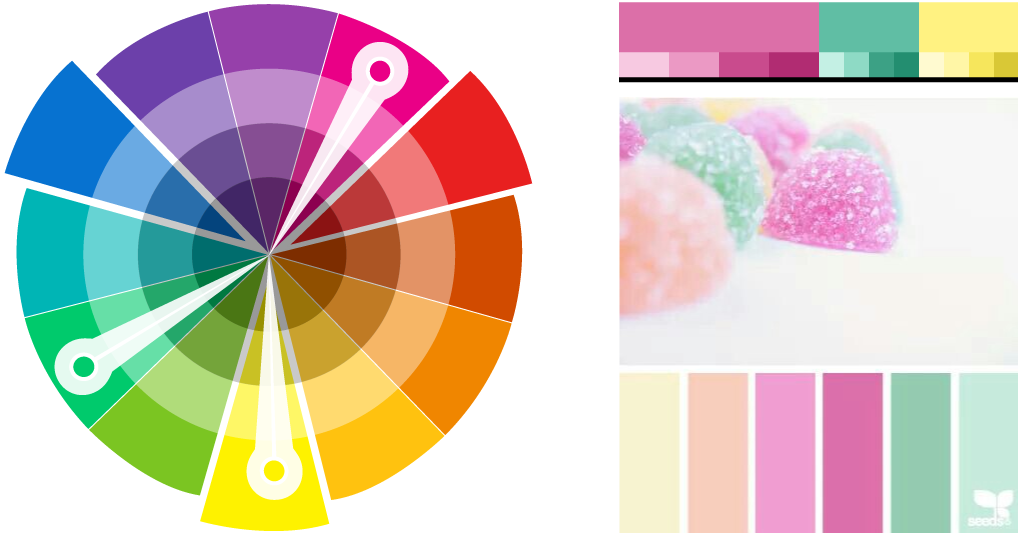

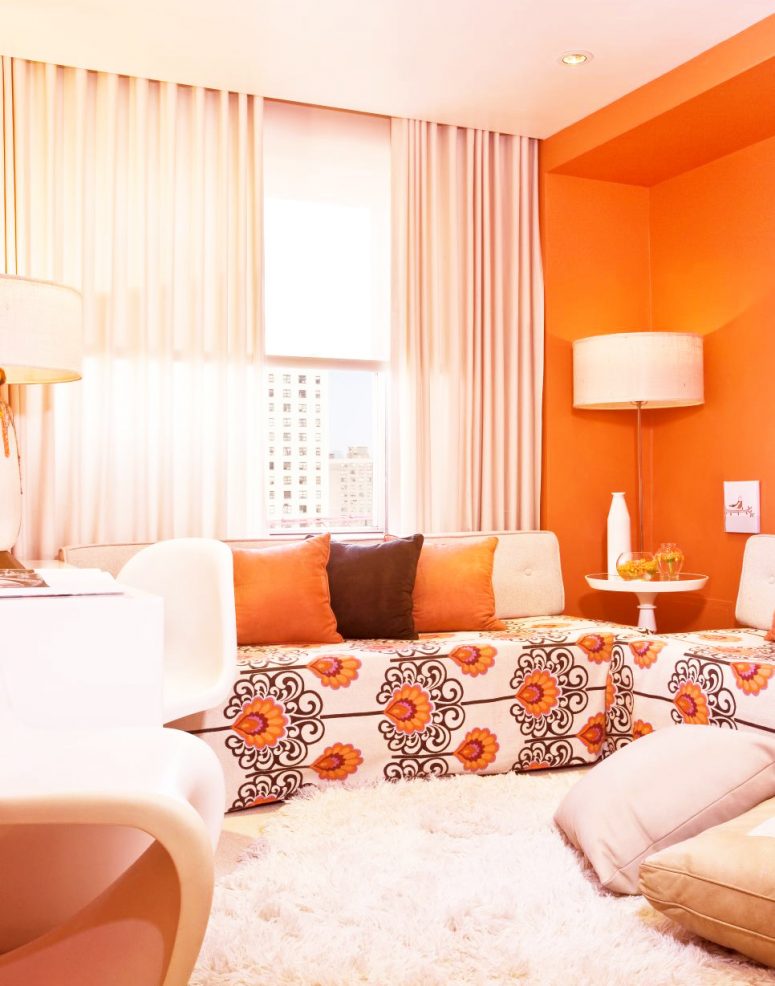


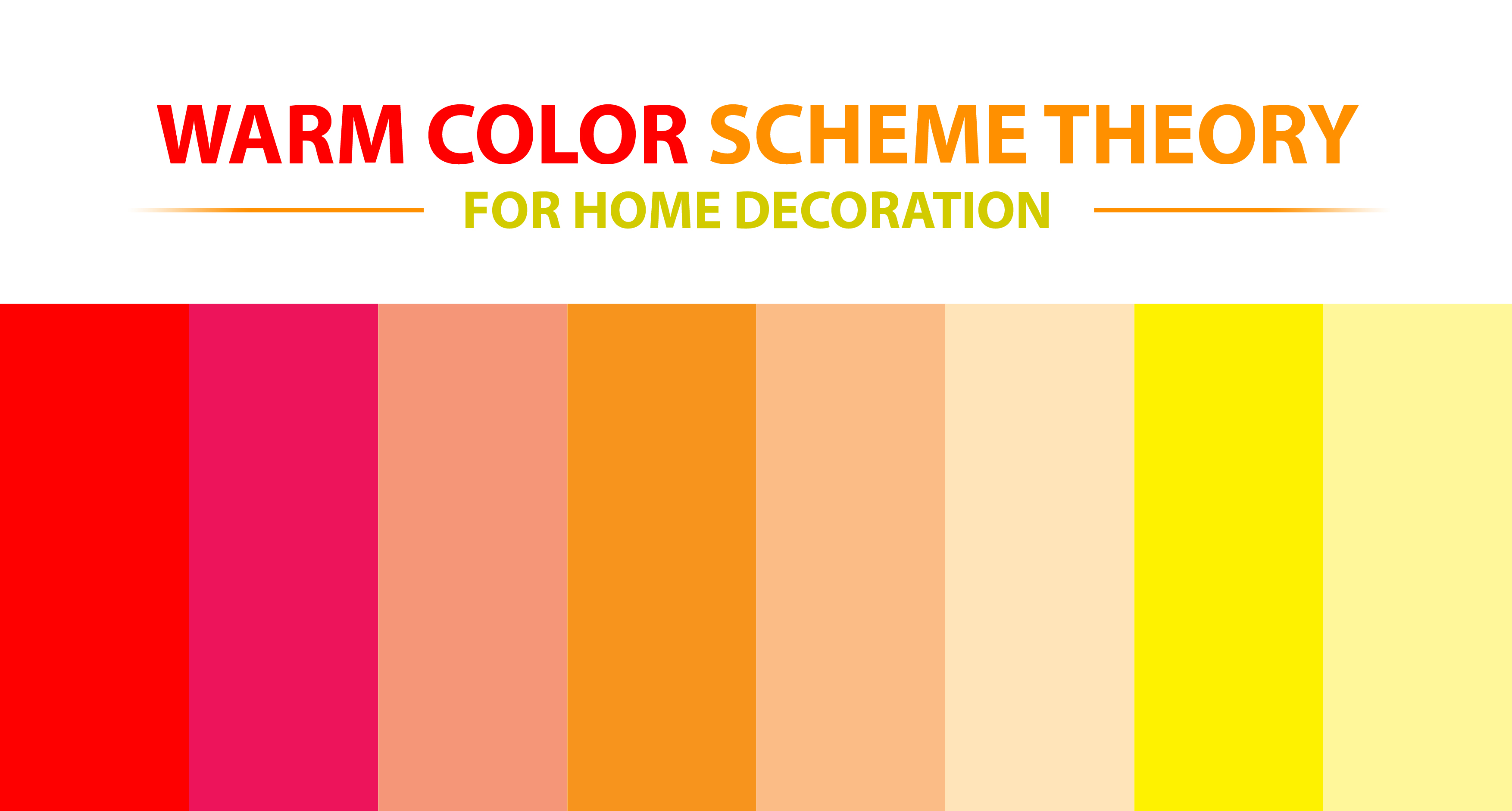

/Homedecorwarmcolors-GettyImages-640896866-596fcc88af5d3a00110c5931.jpg)



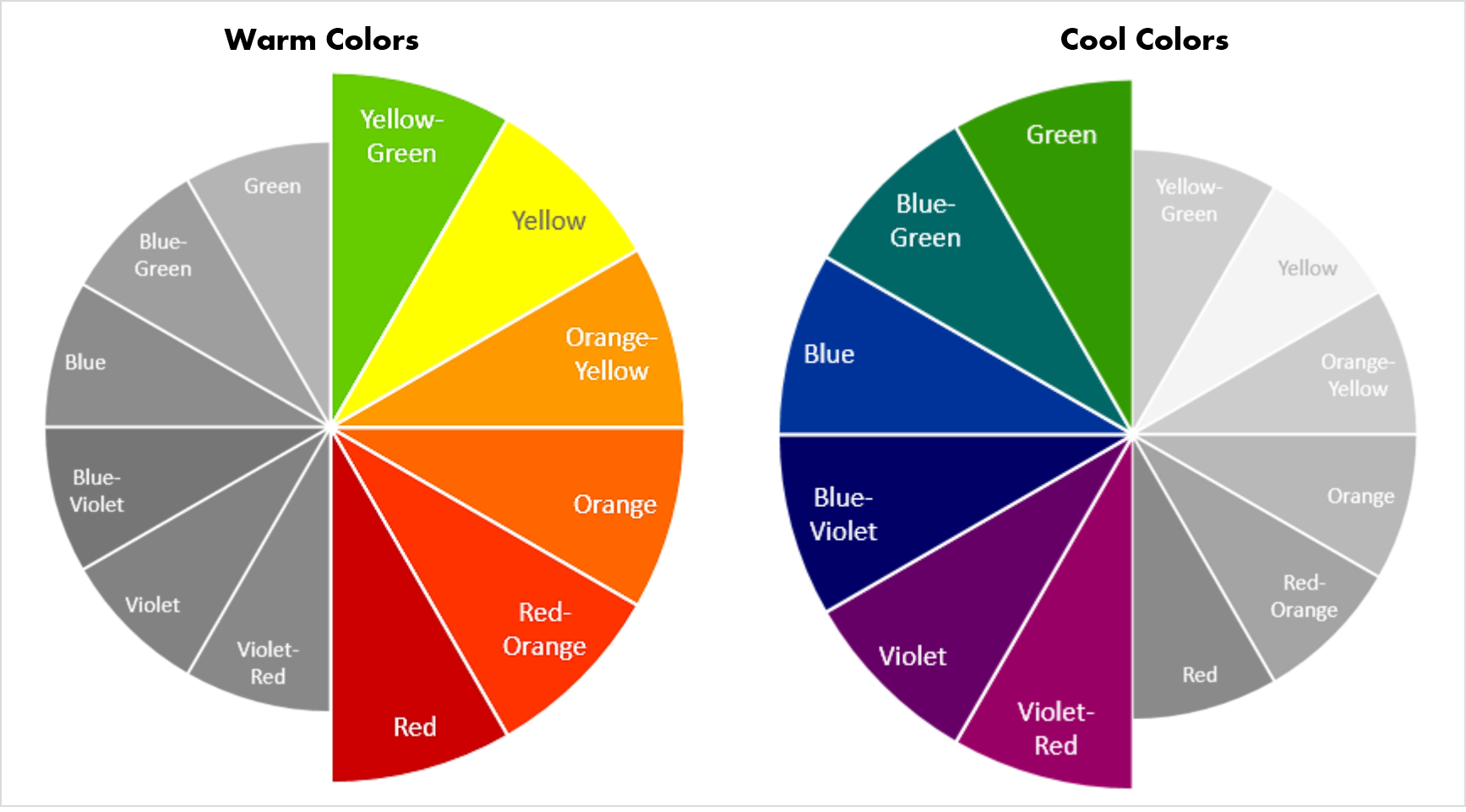


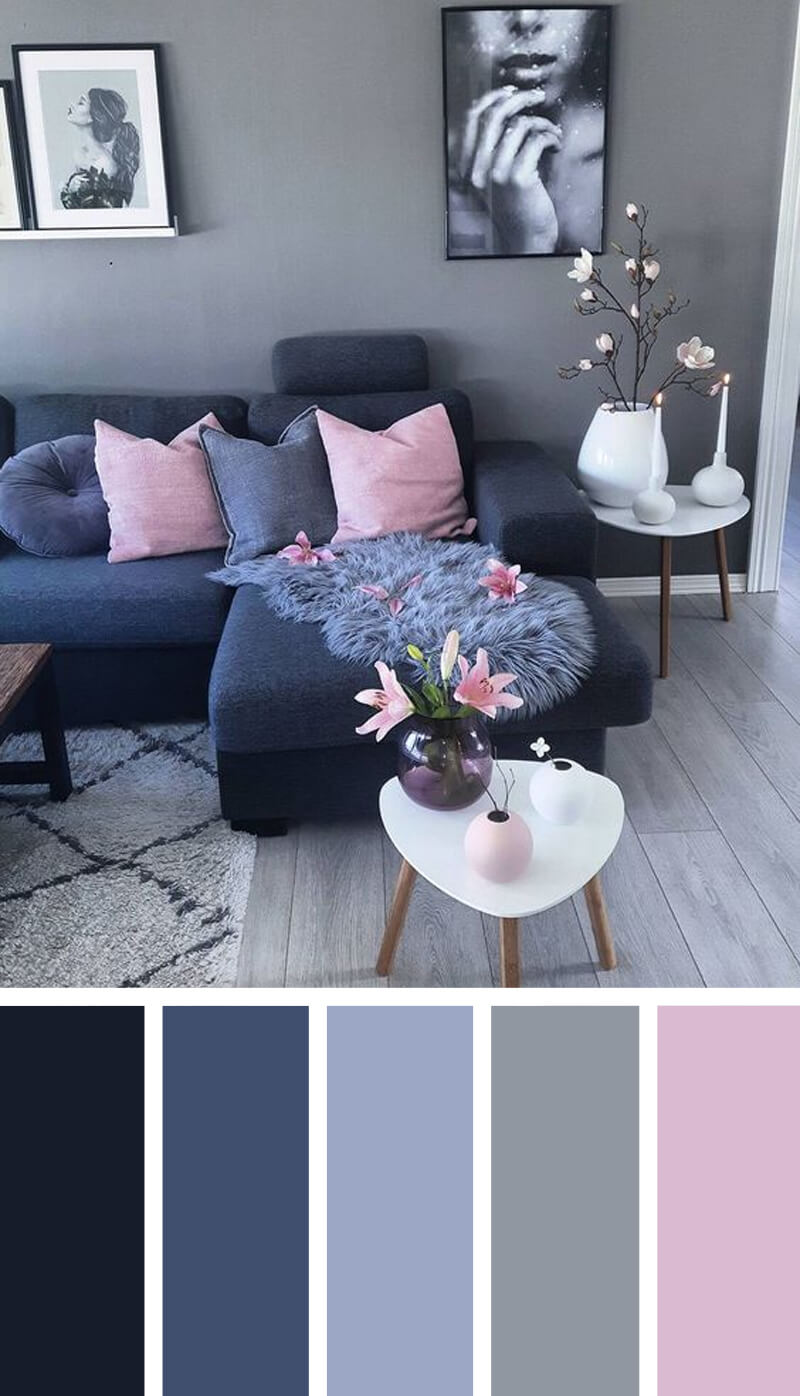
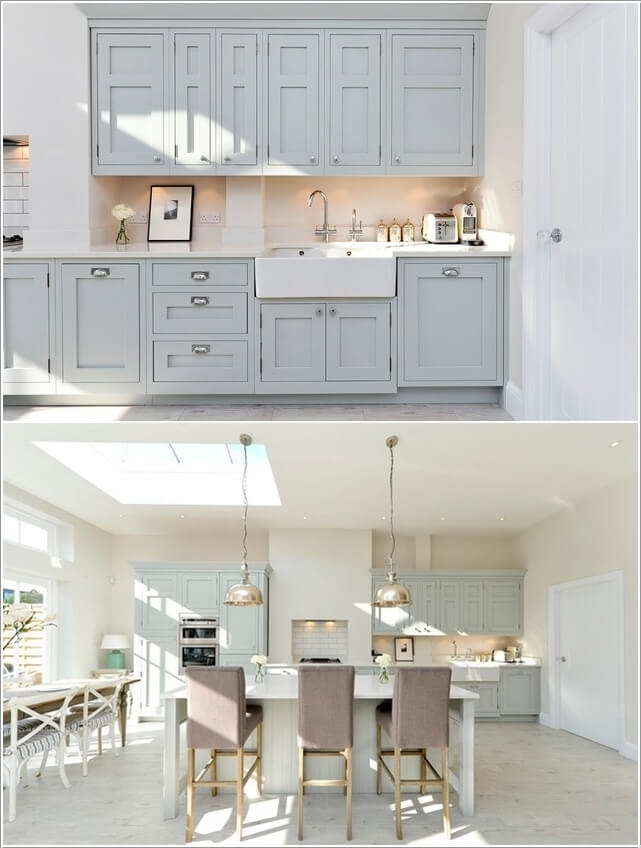



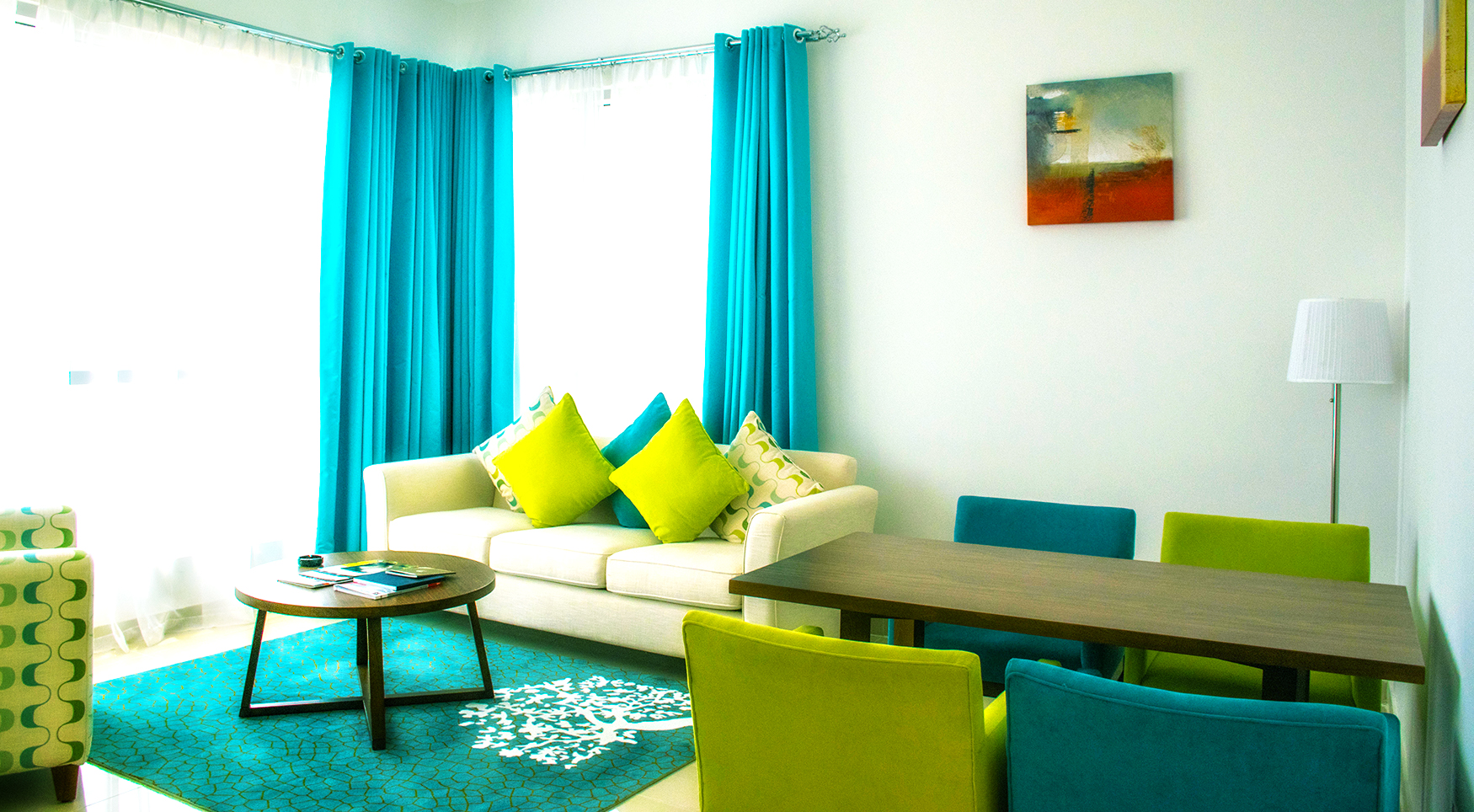



/modern-and-bohemian-composition-of-interior-design-with-gray-sofa--rattan-armchair--retro-footrest--plaid--pillow--tropical-plants--small-table-and-elegant-accessories--stylish-home-decor--template--1166445580-1d2970fa36204484a733ab568b70646b.jpg)


